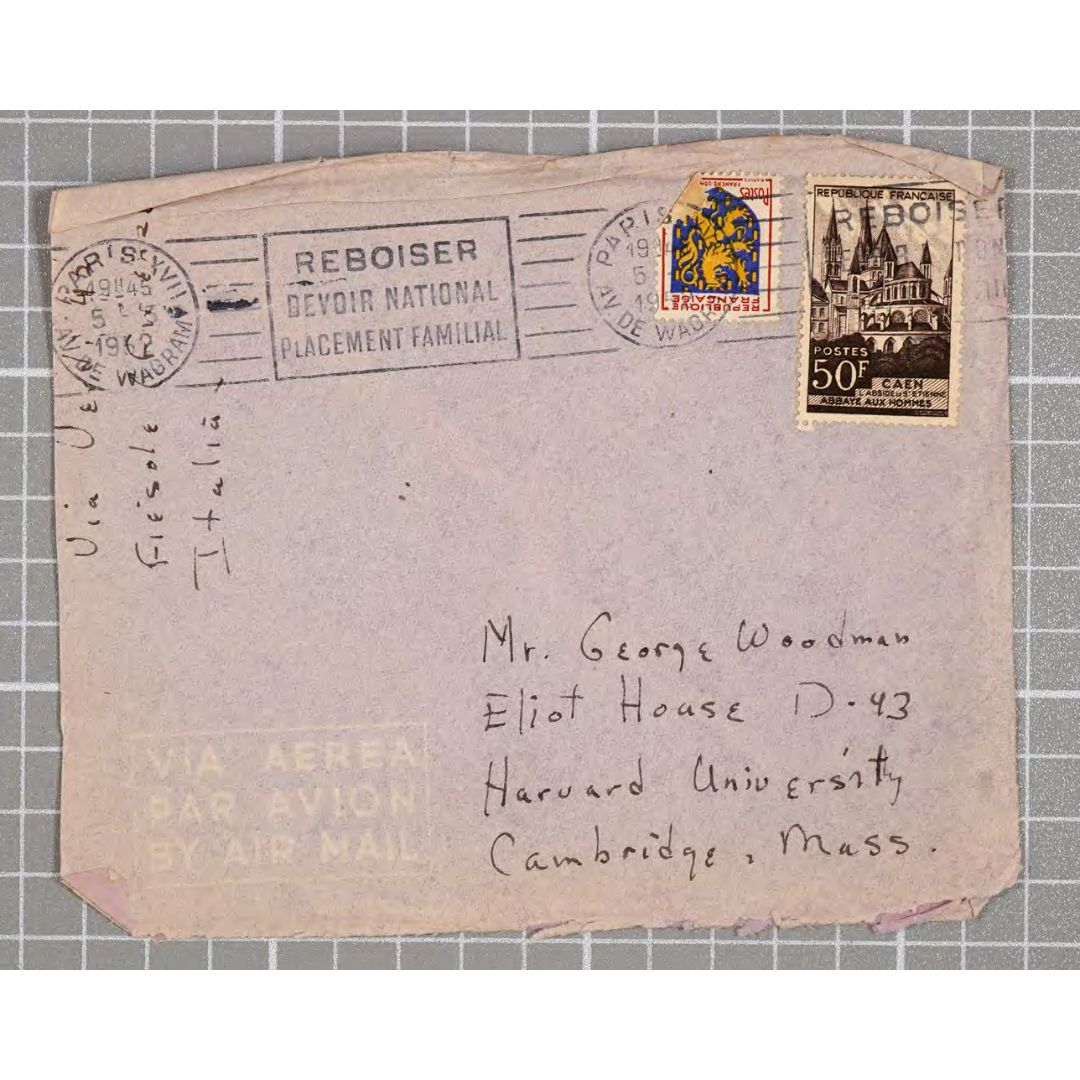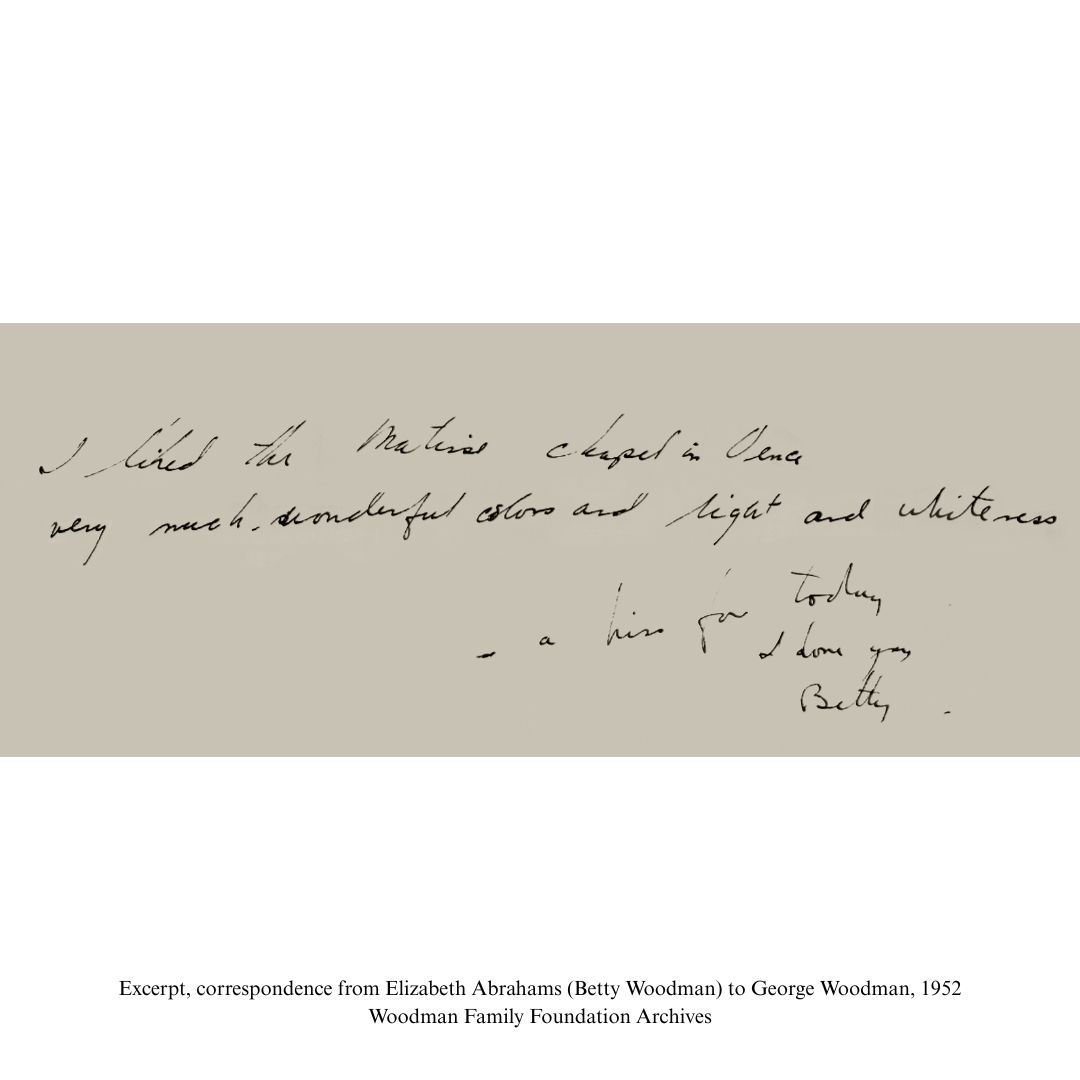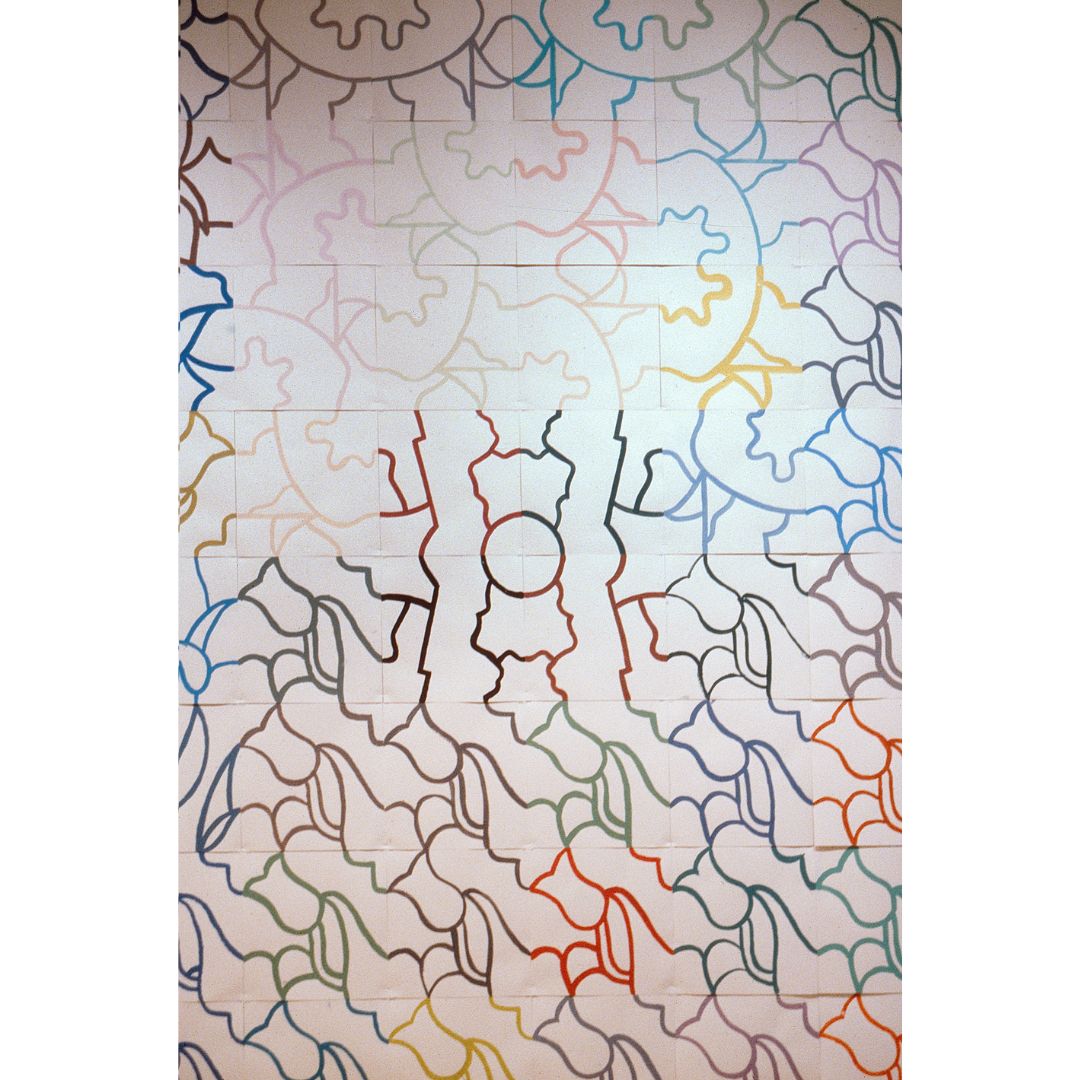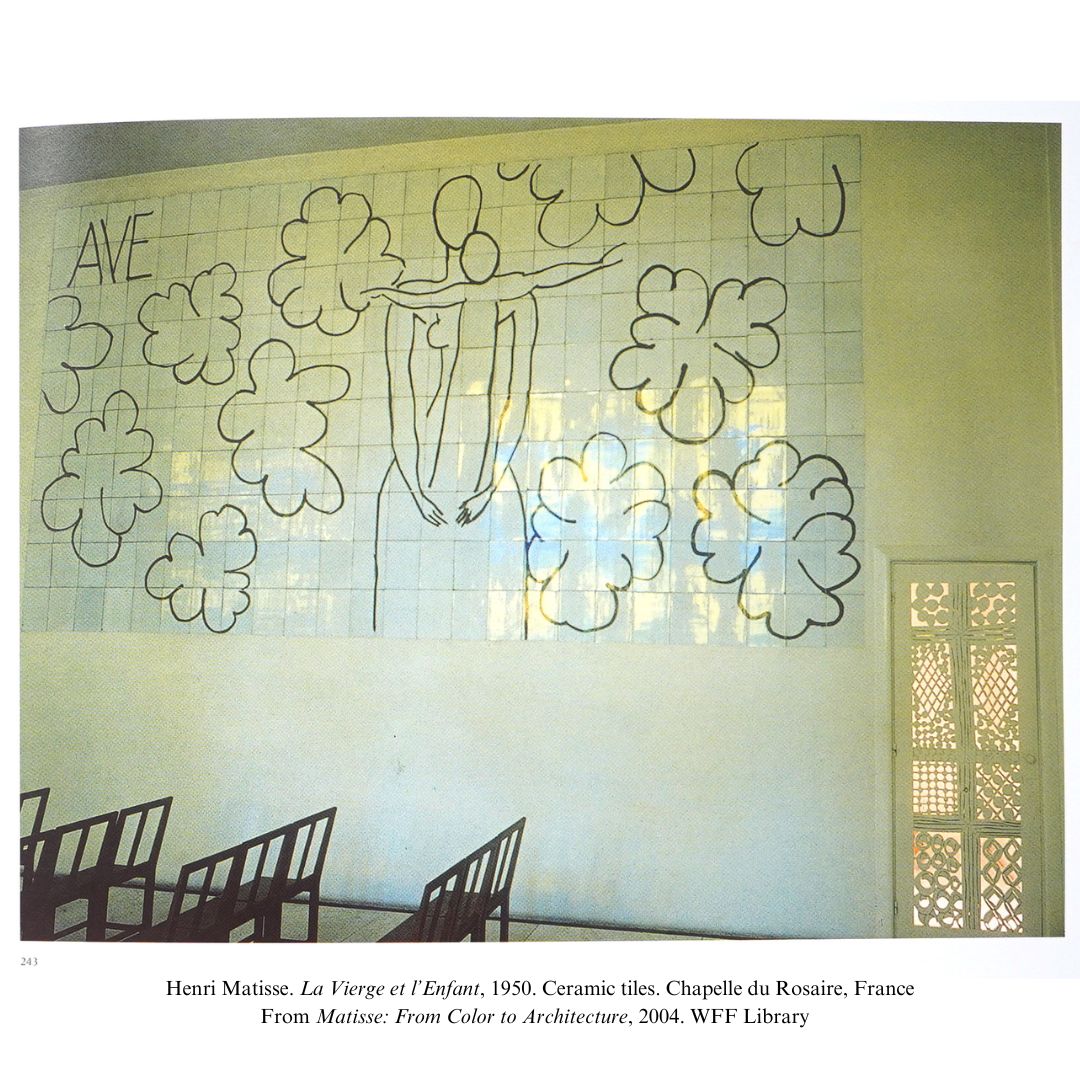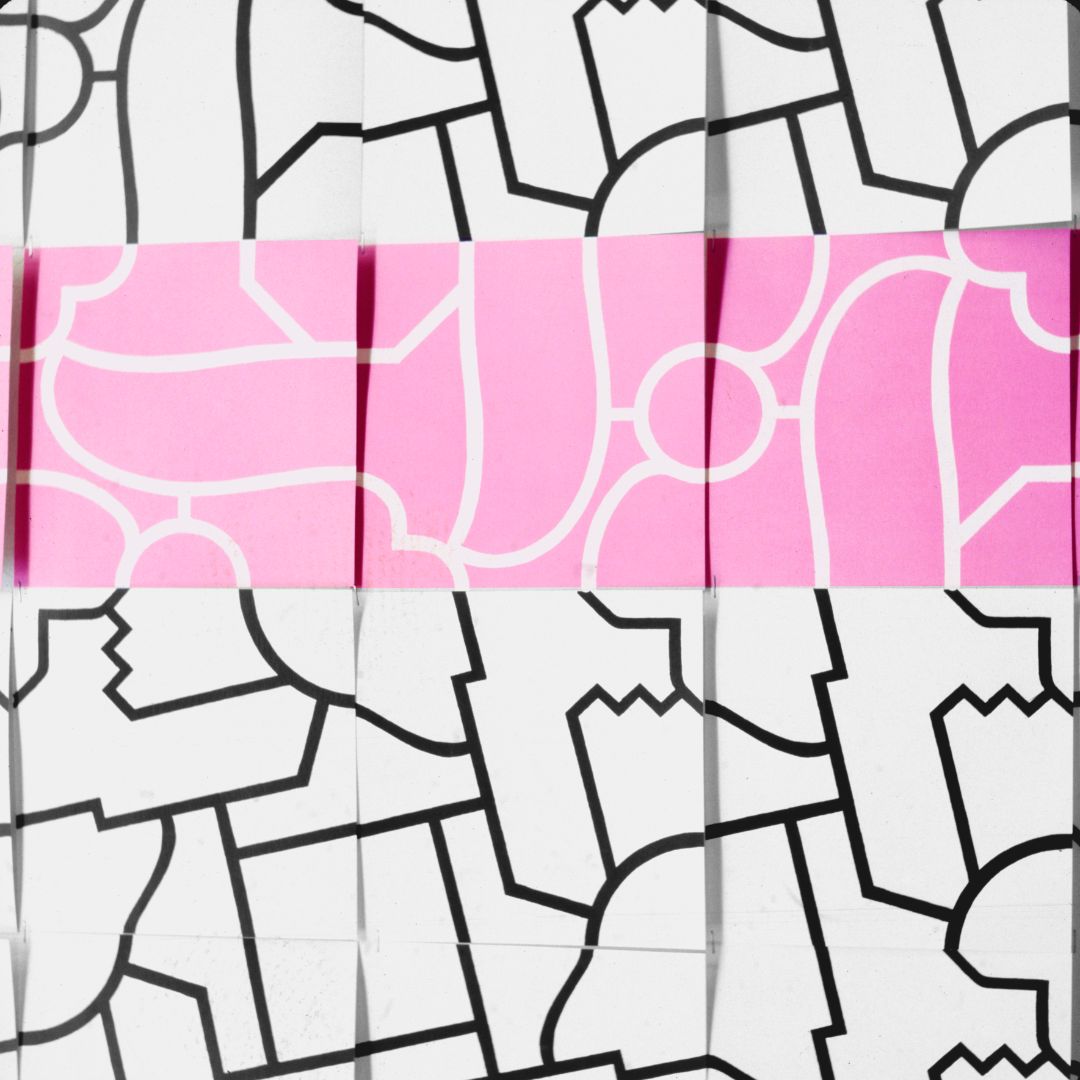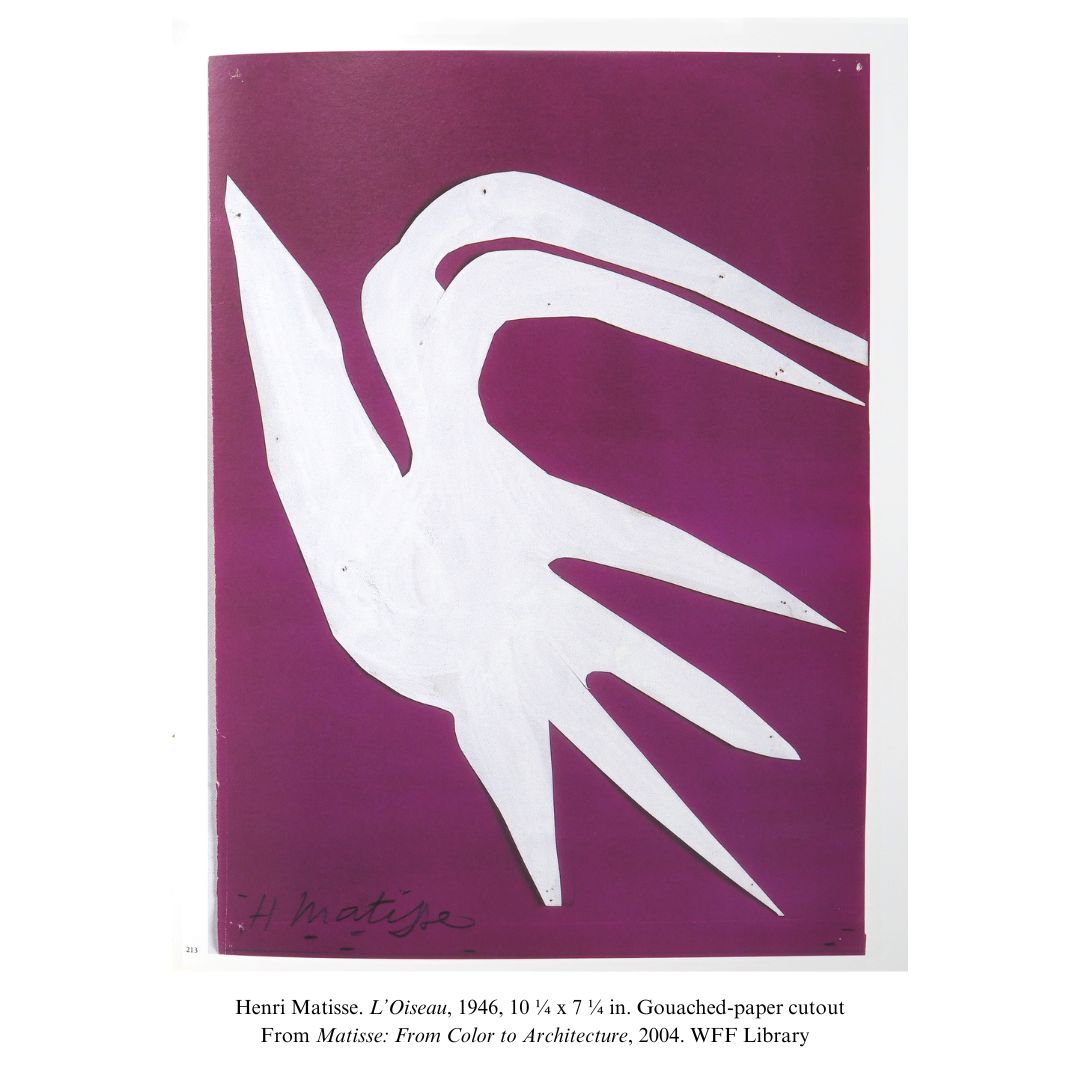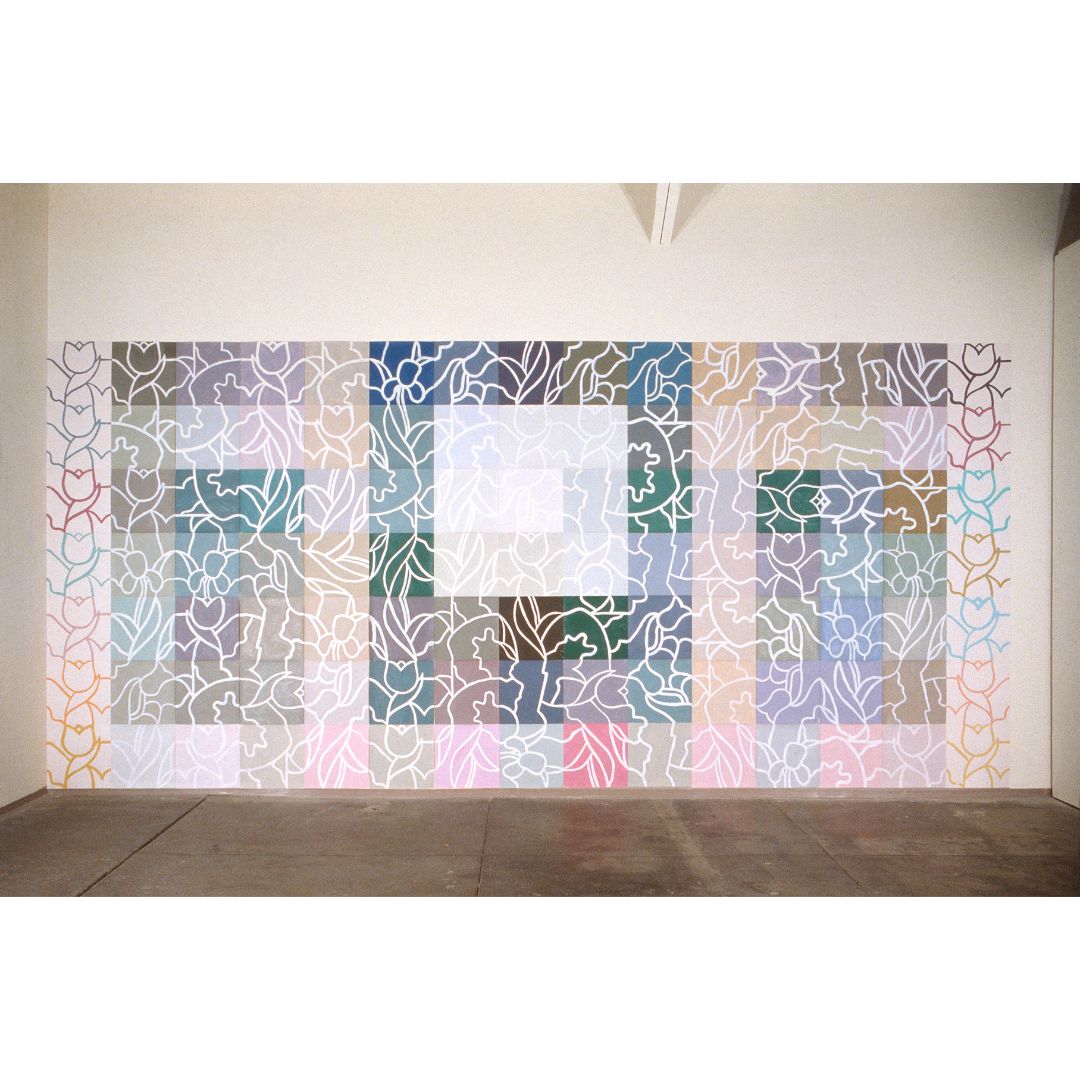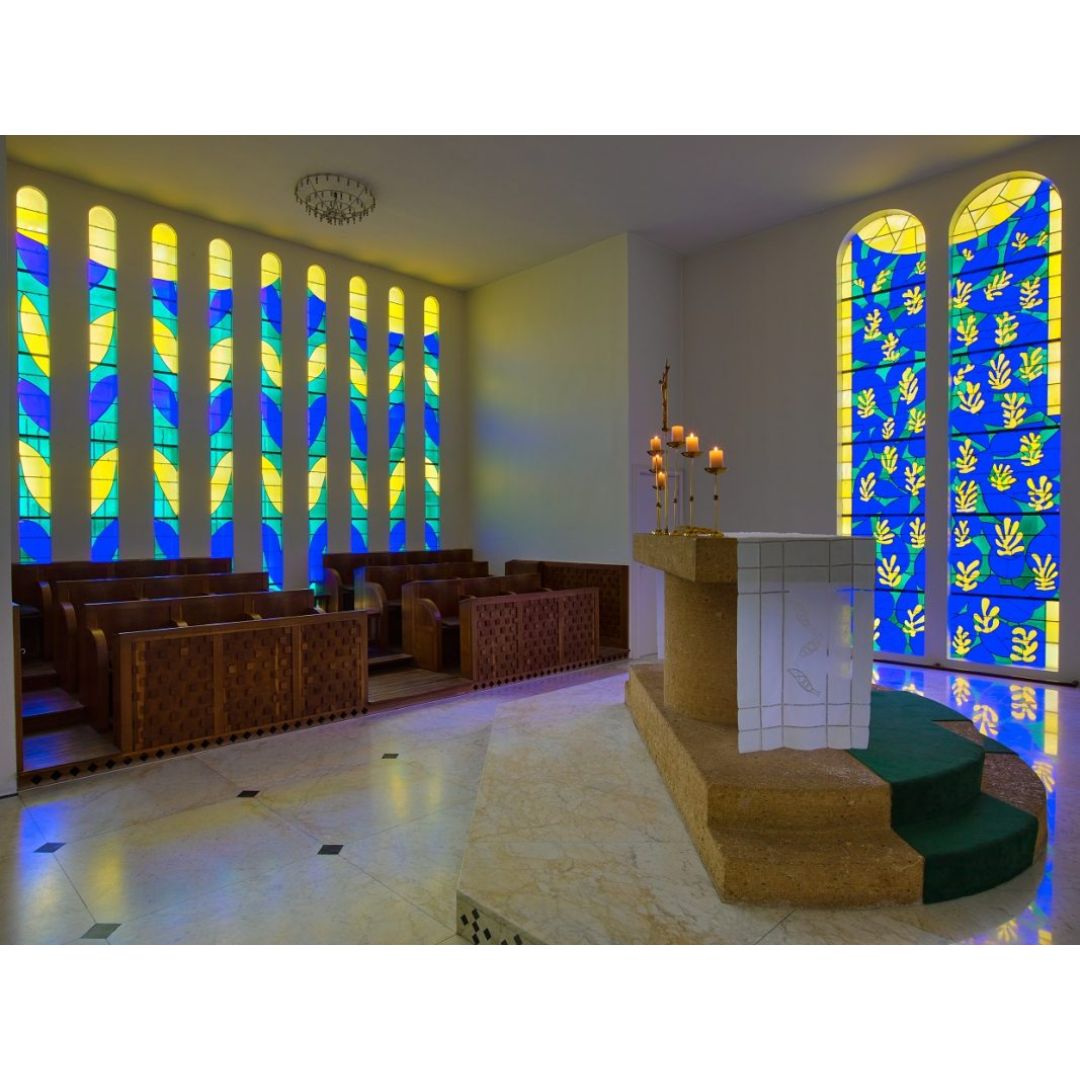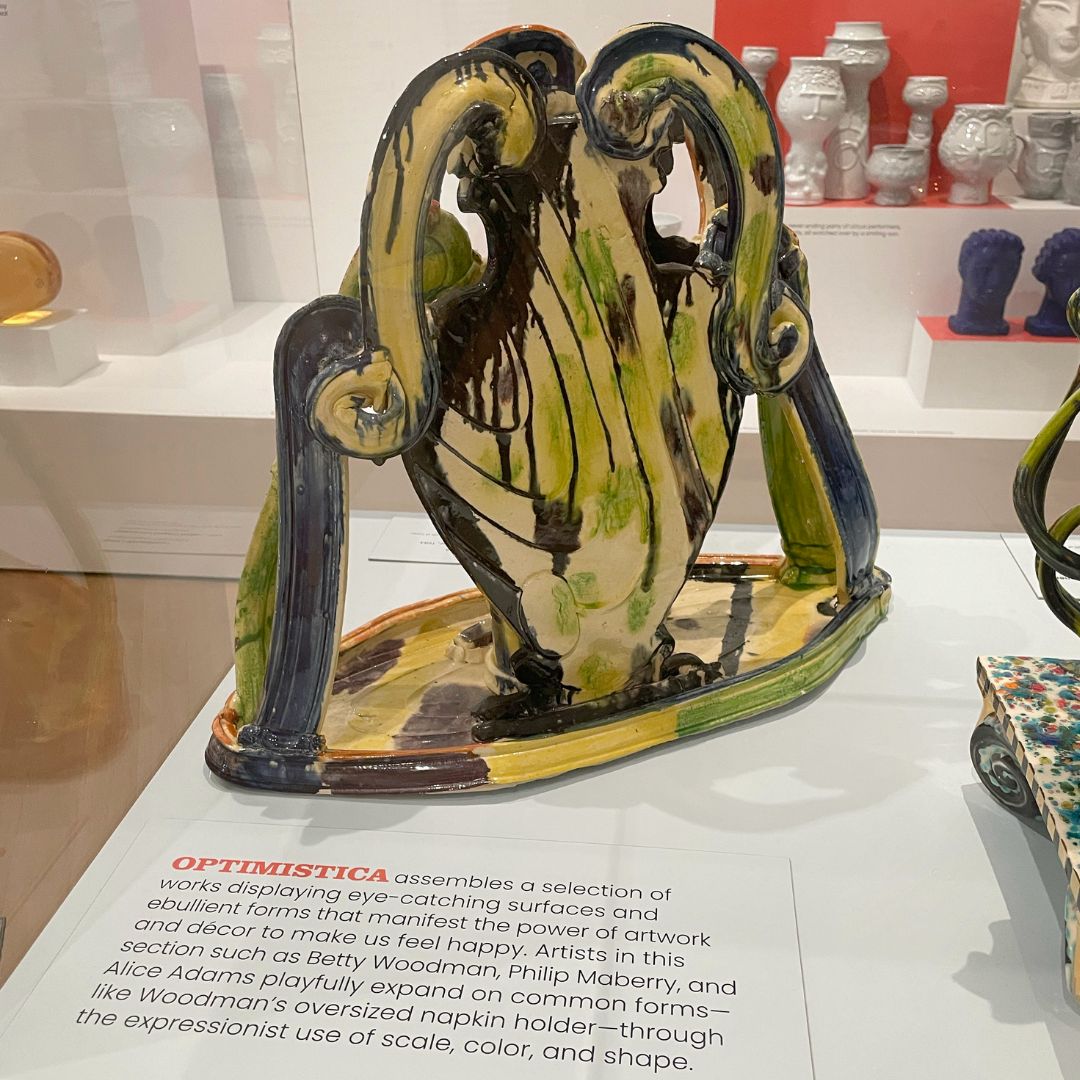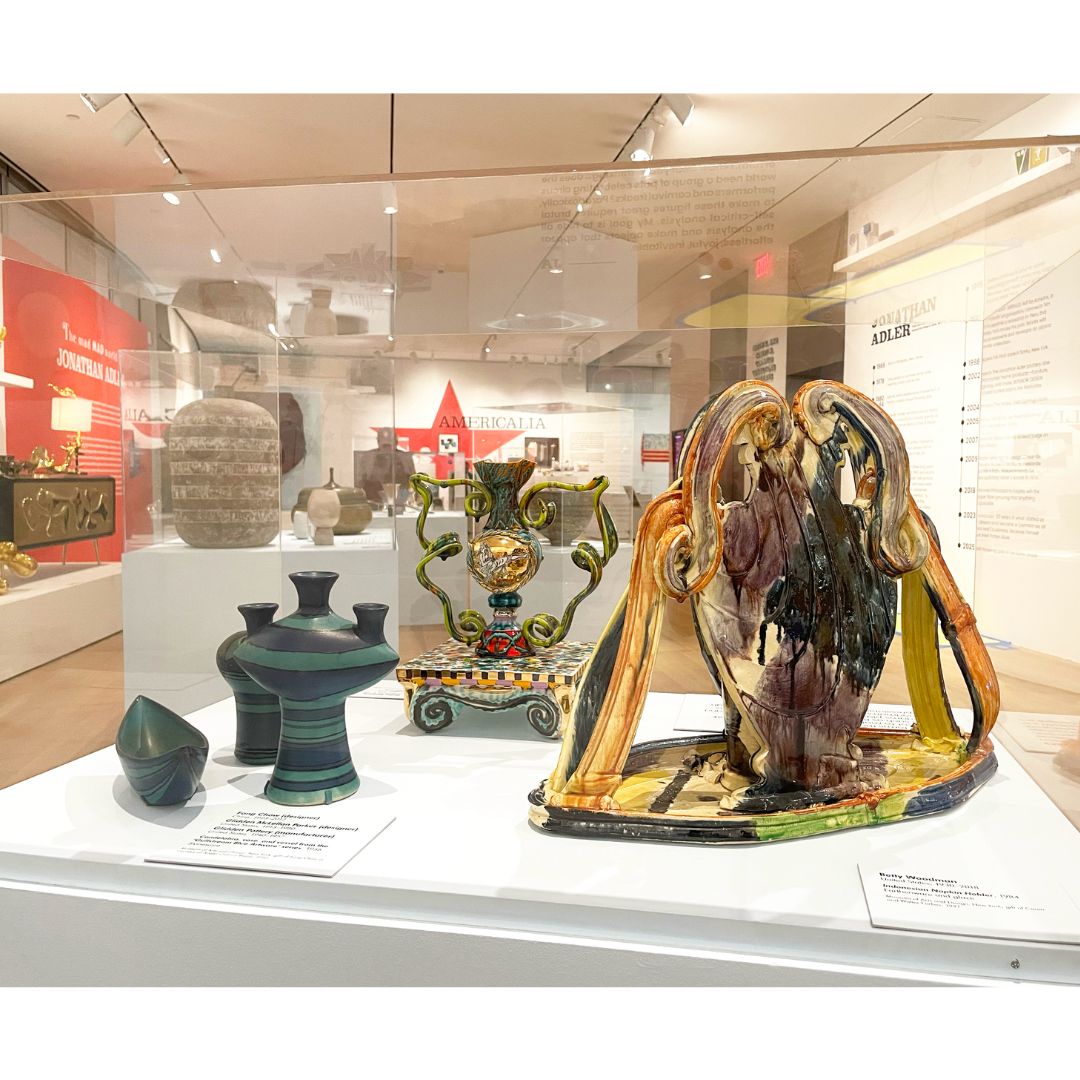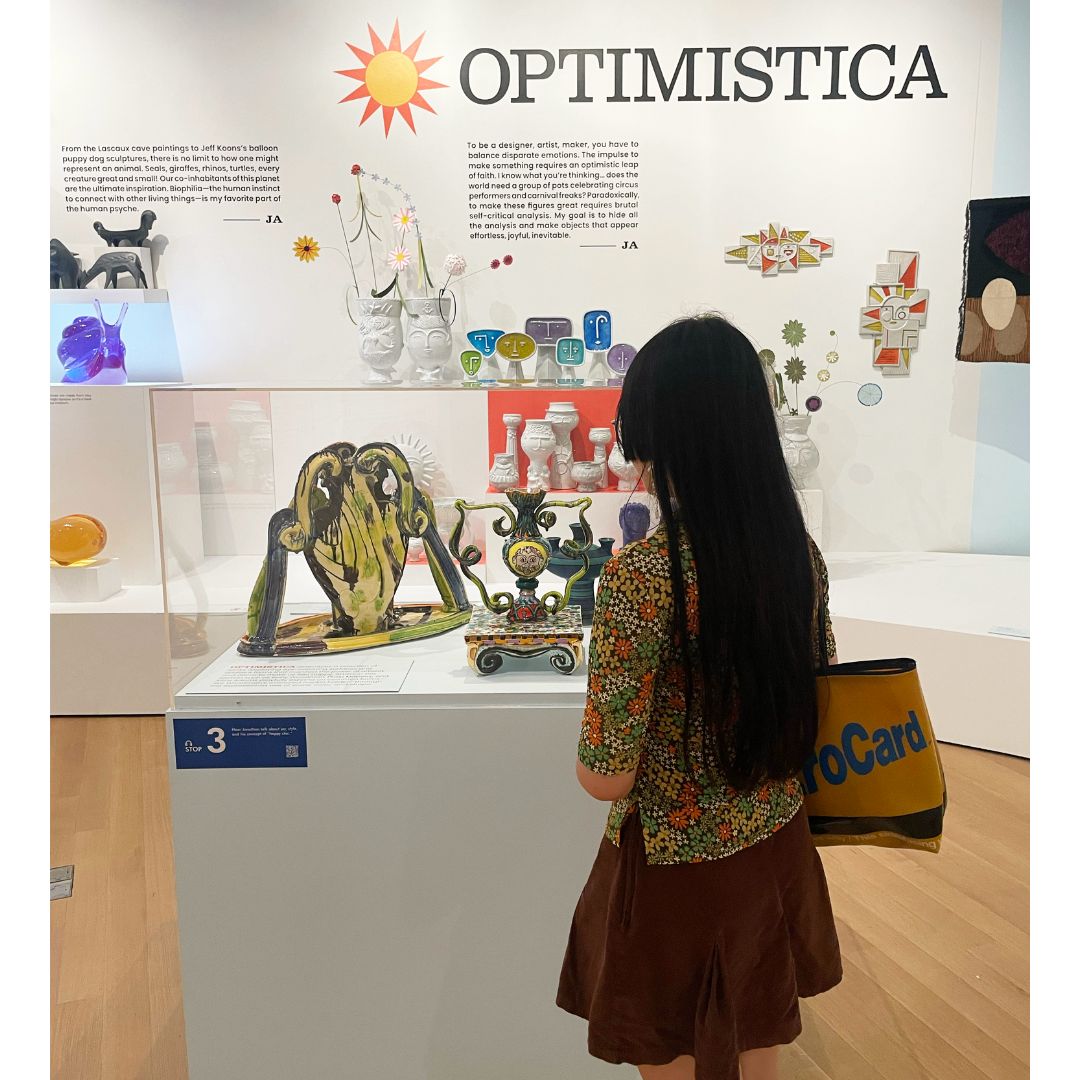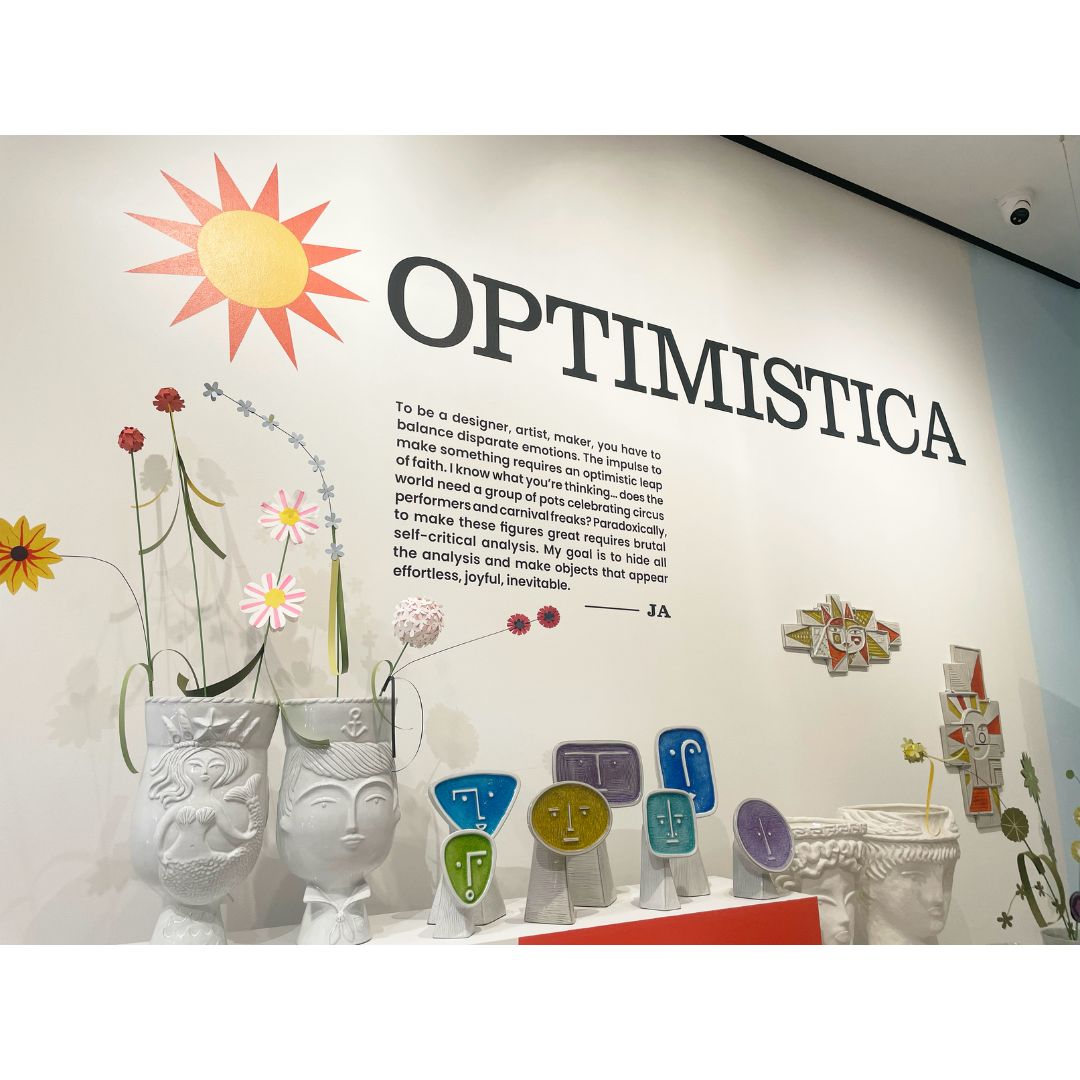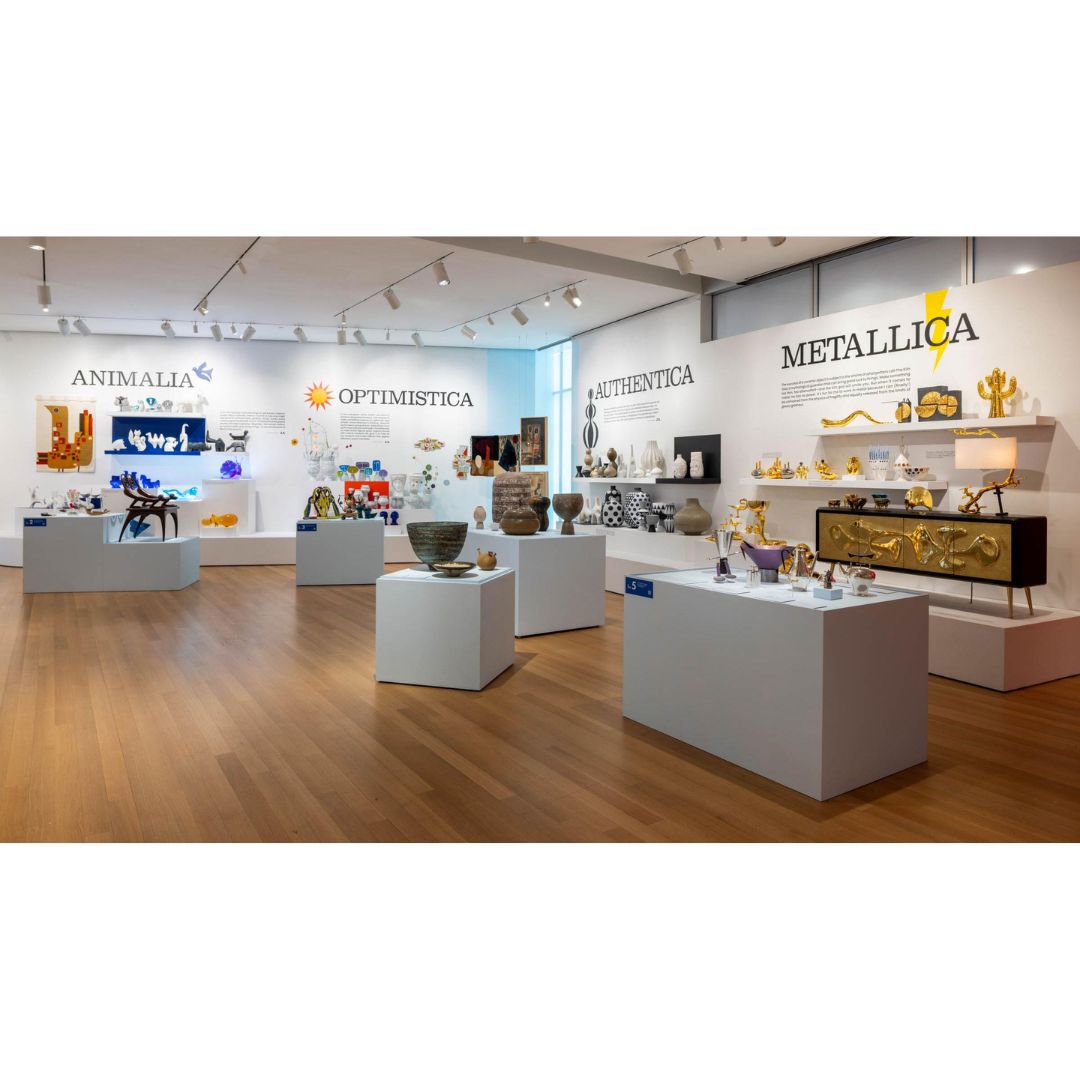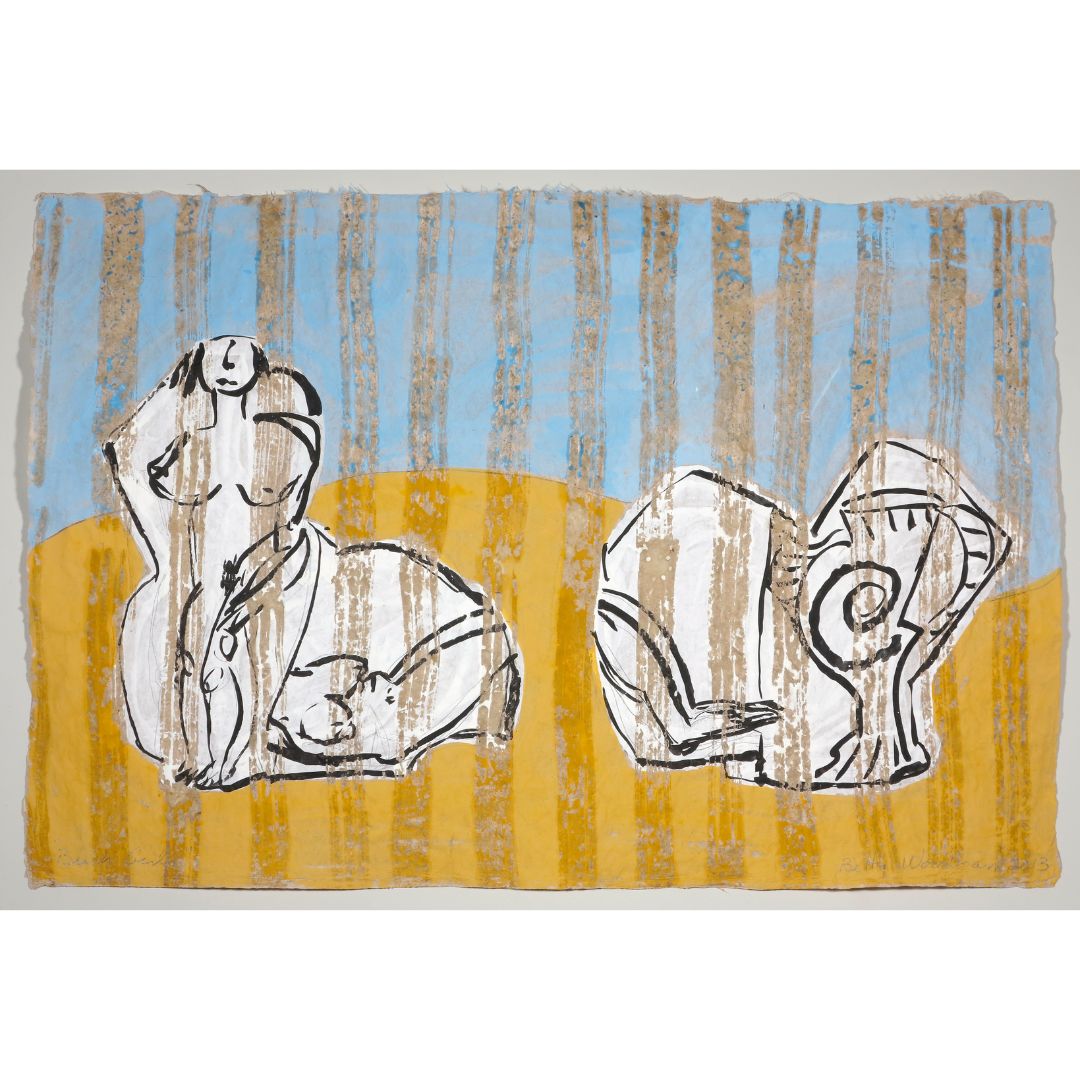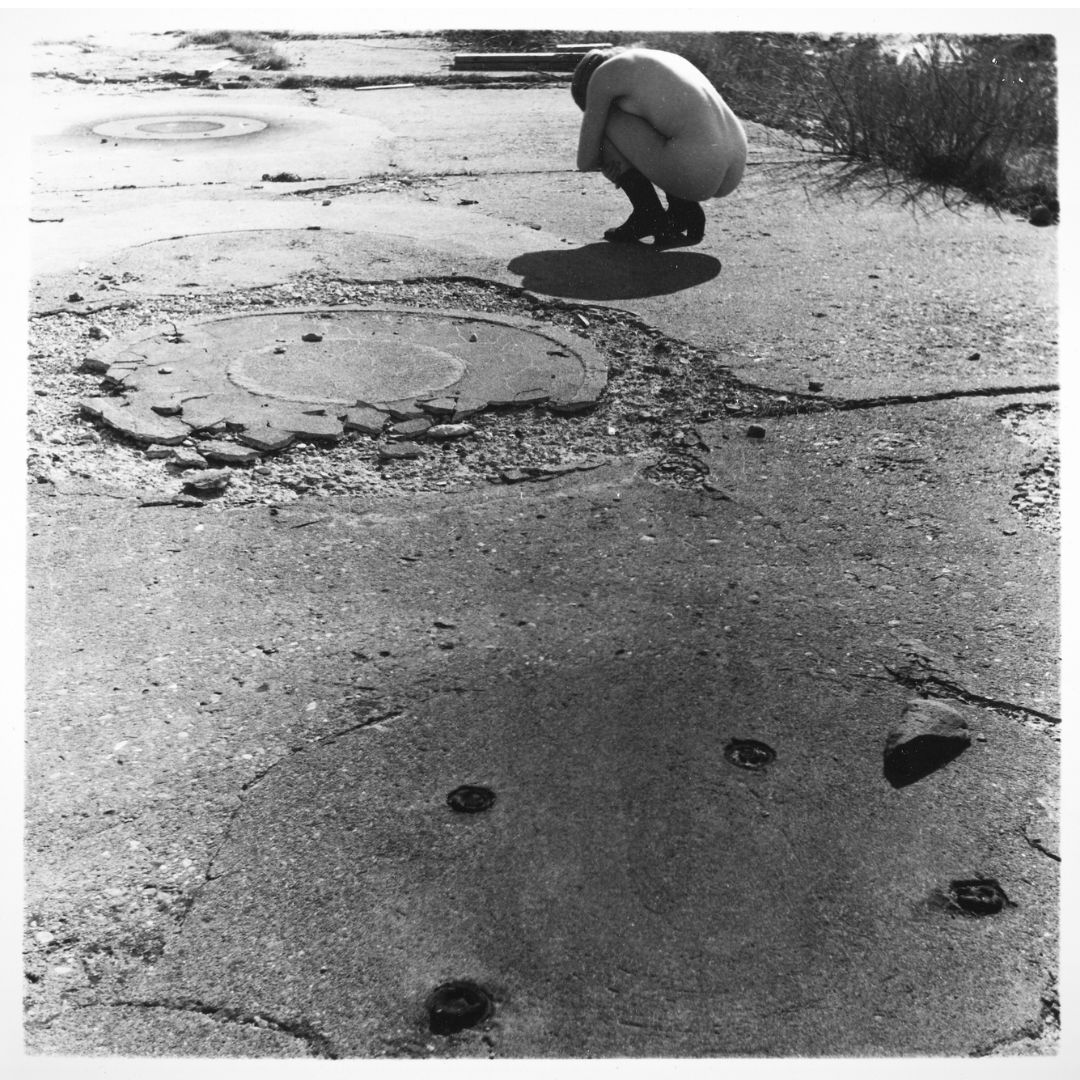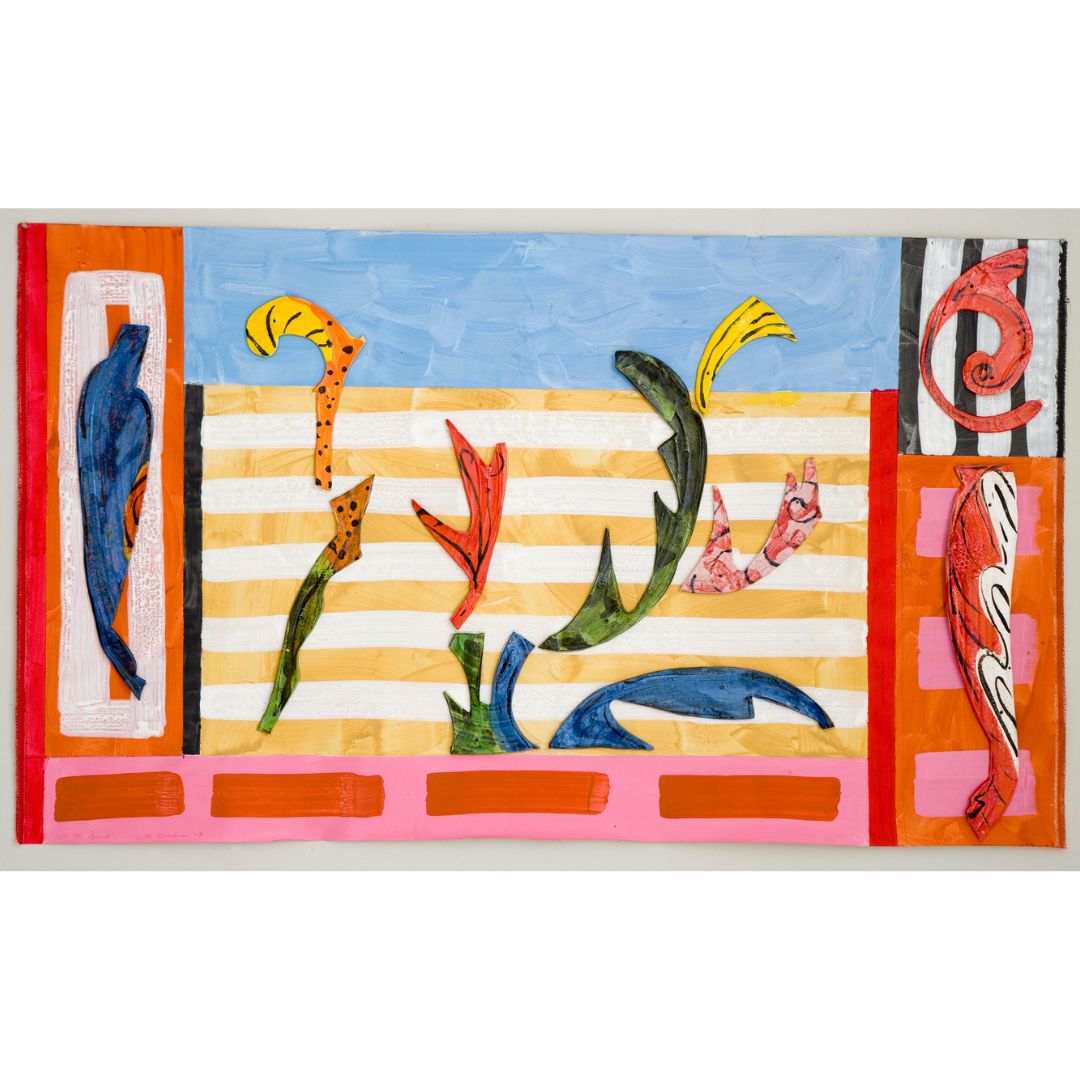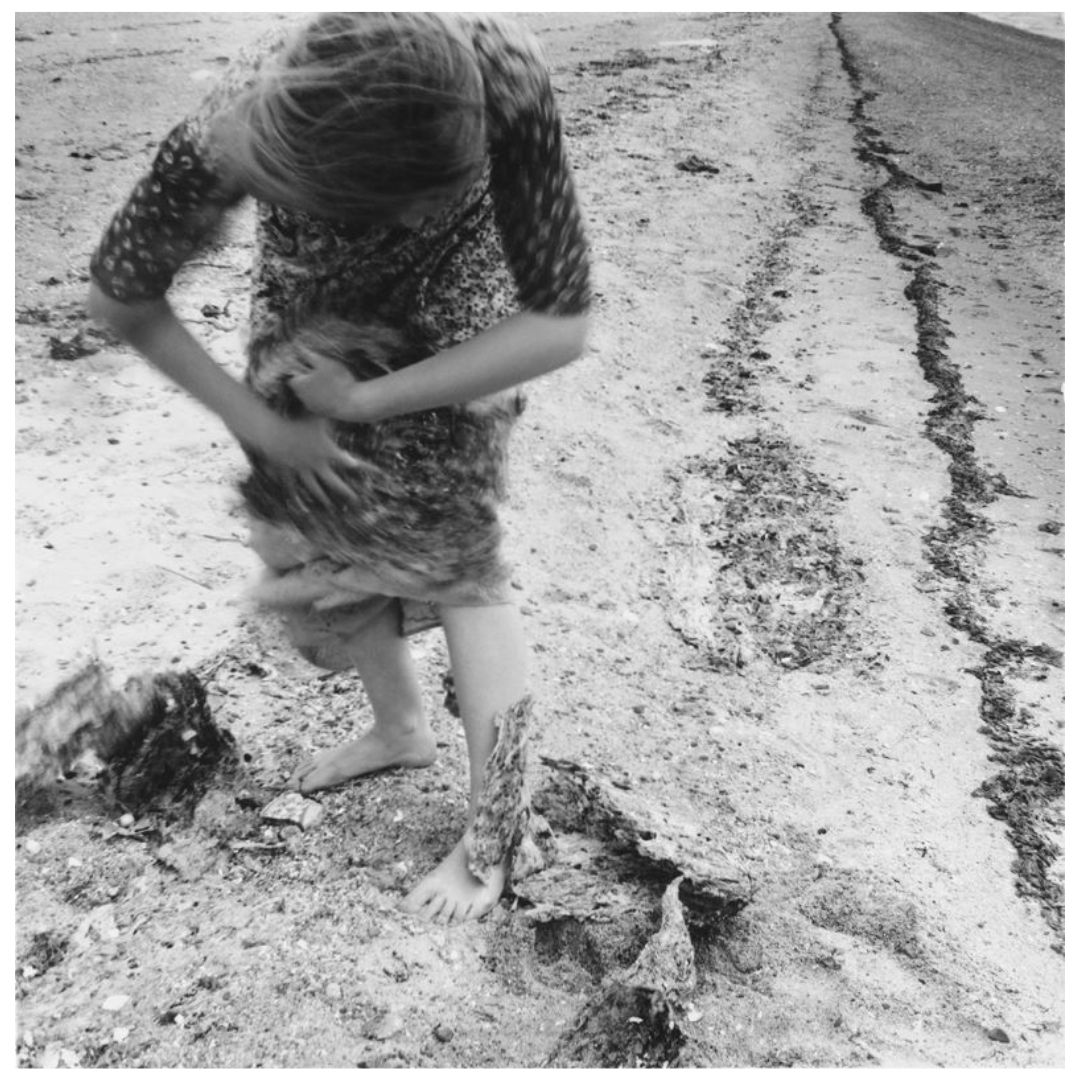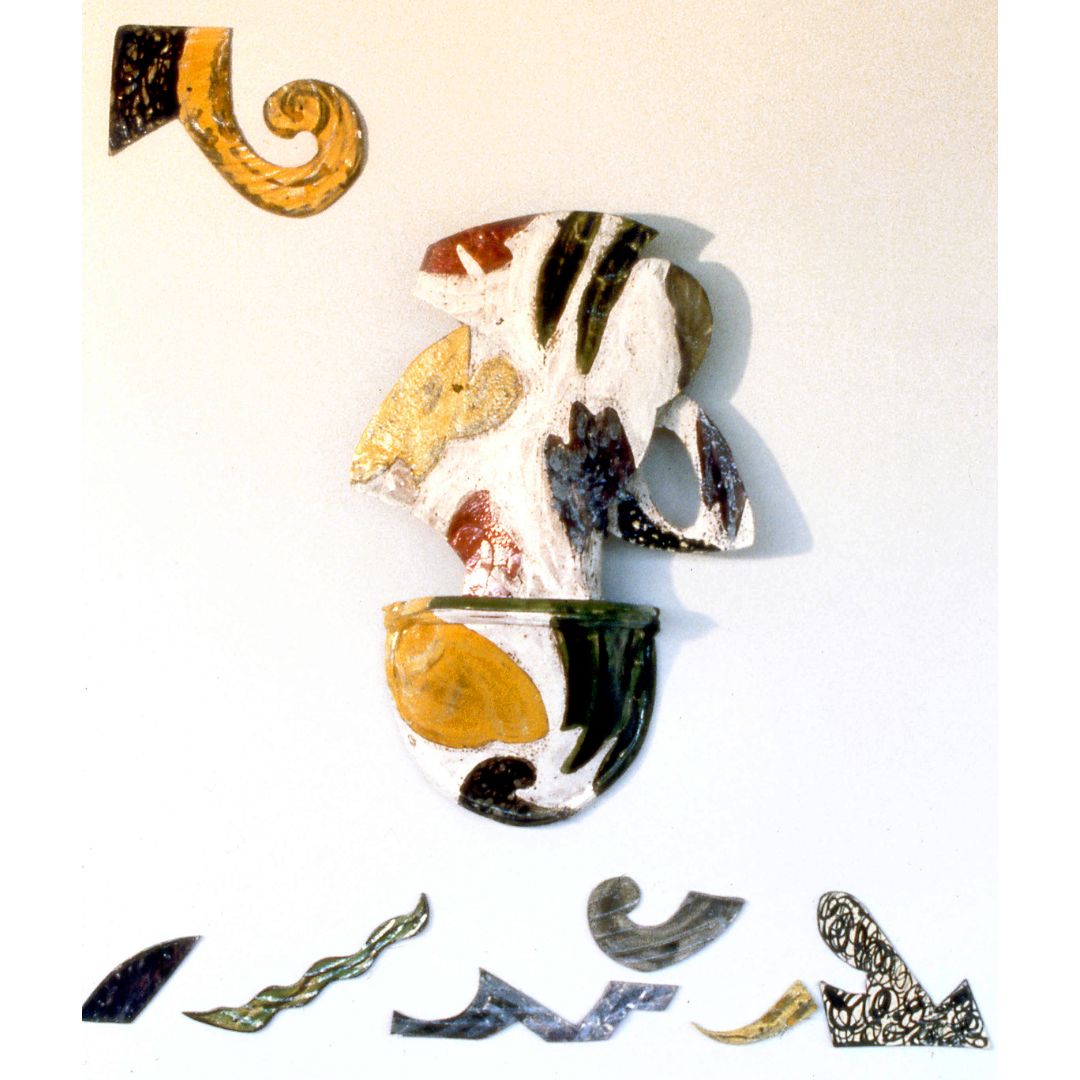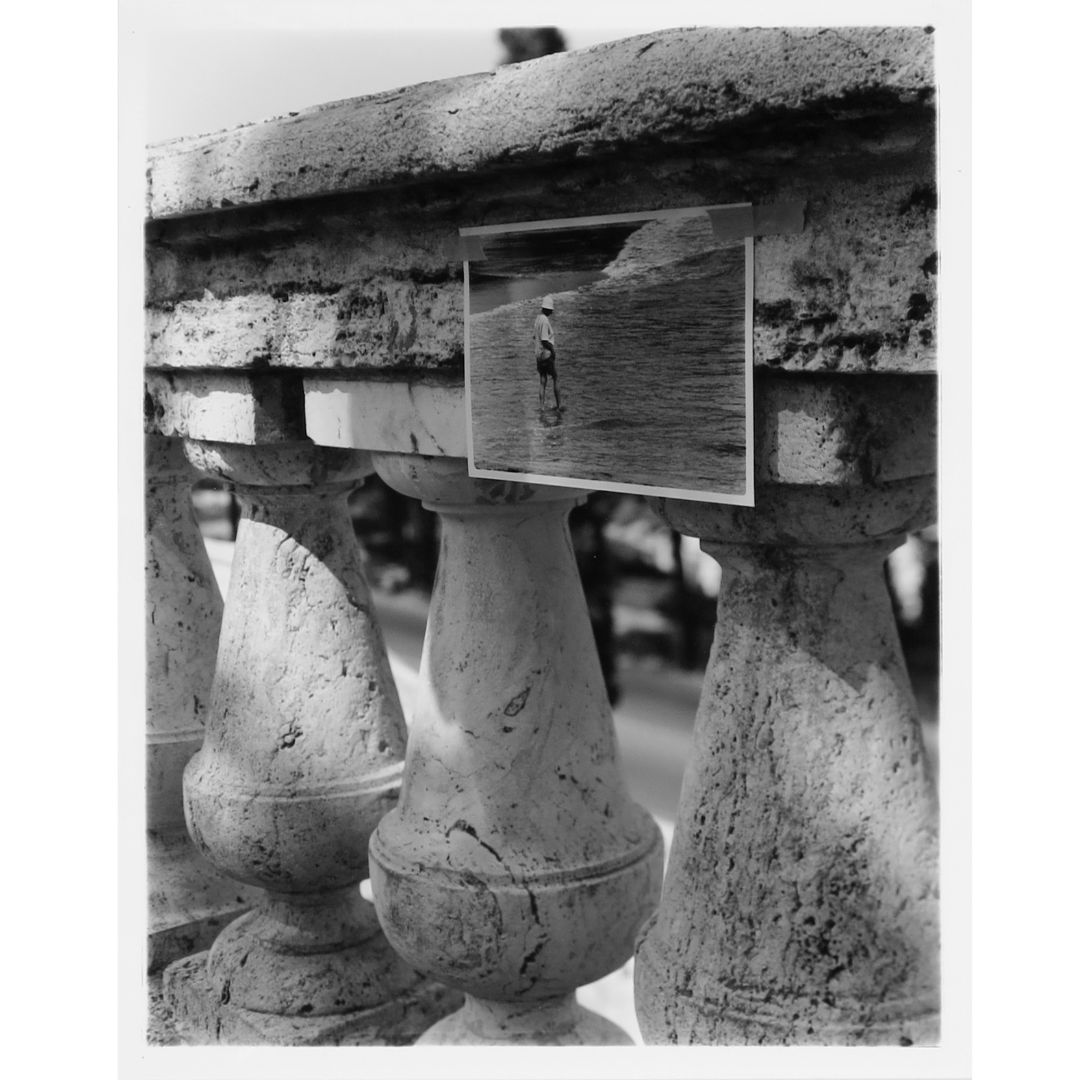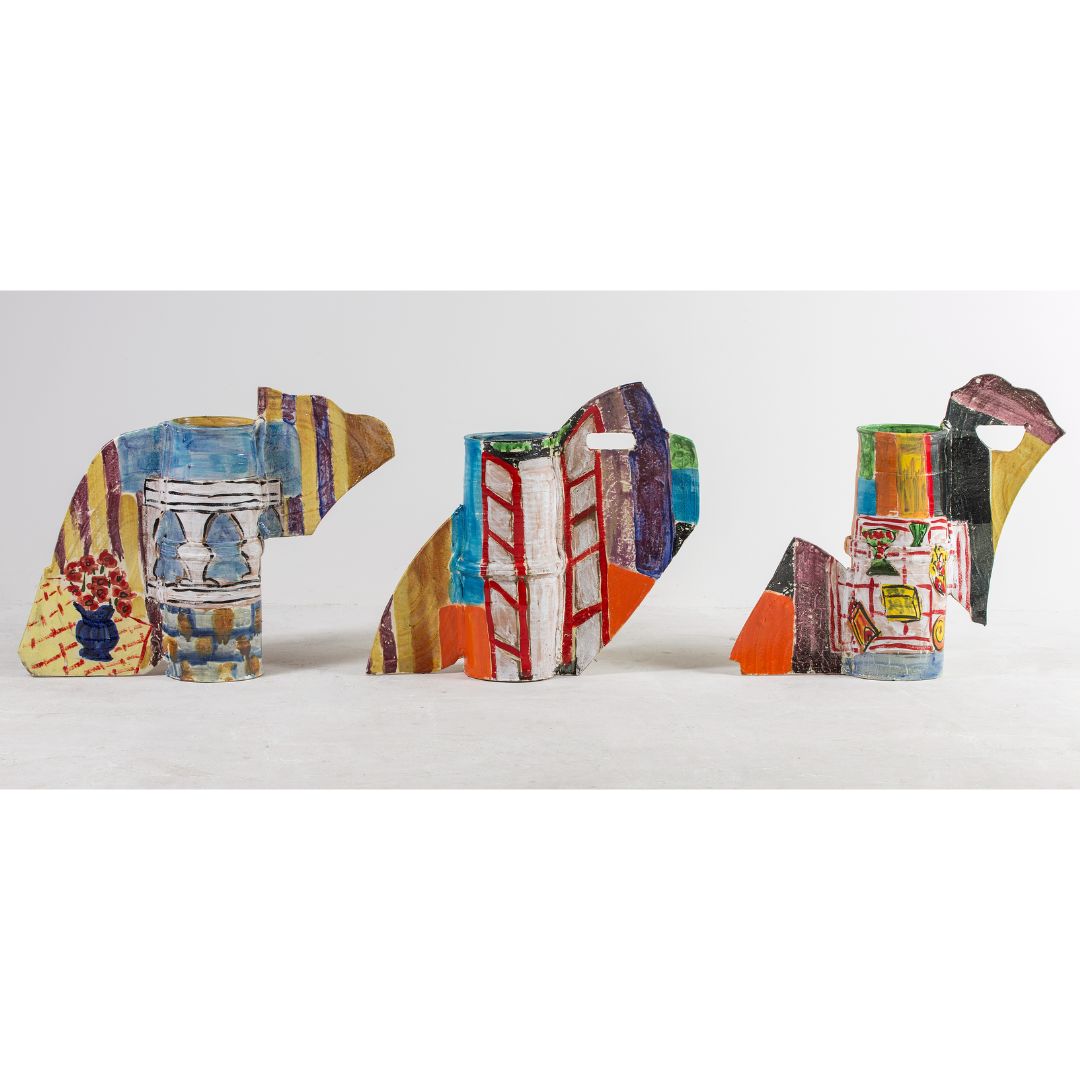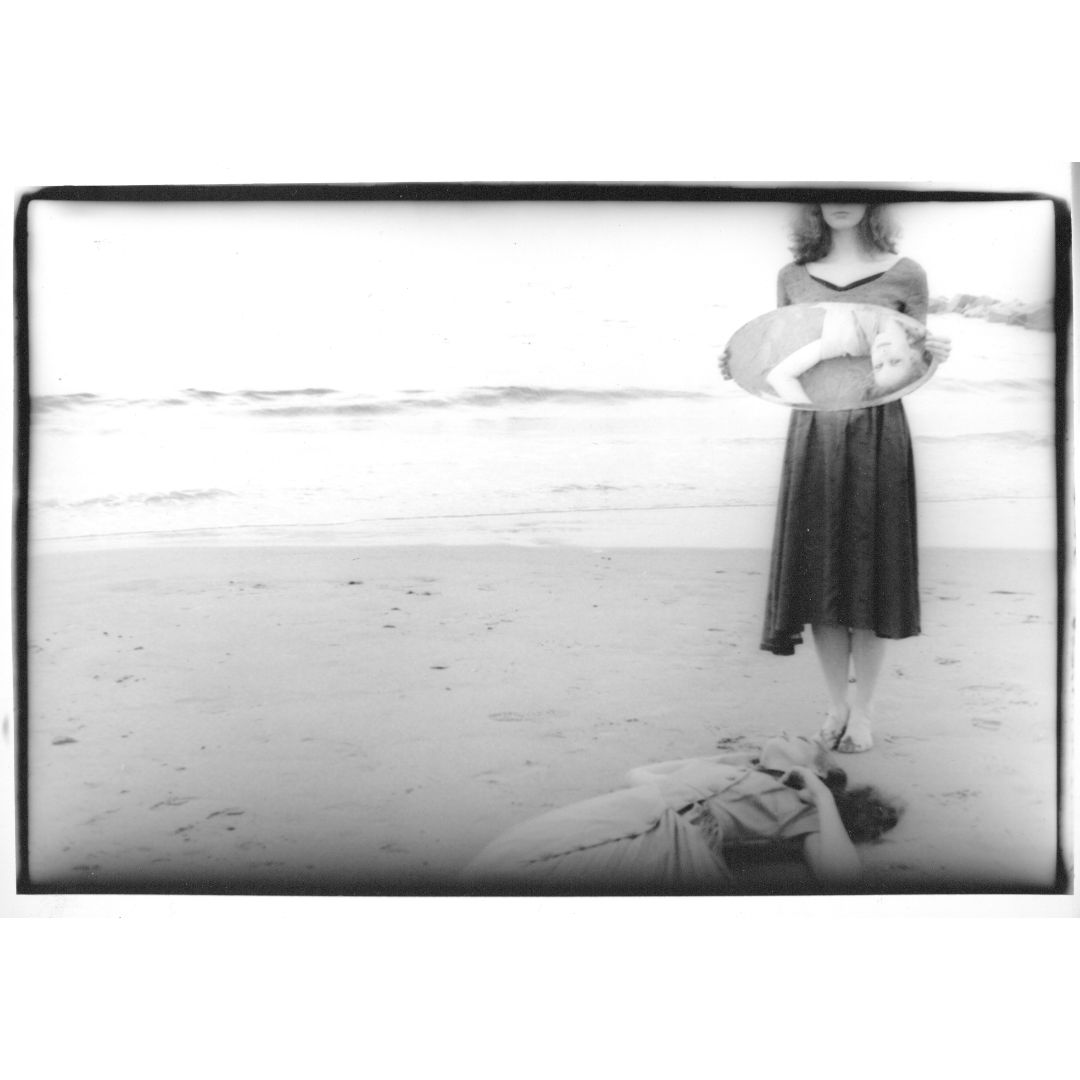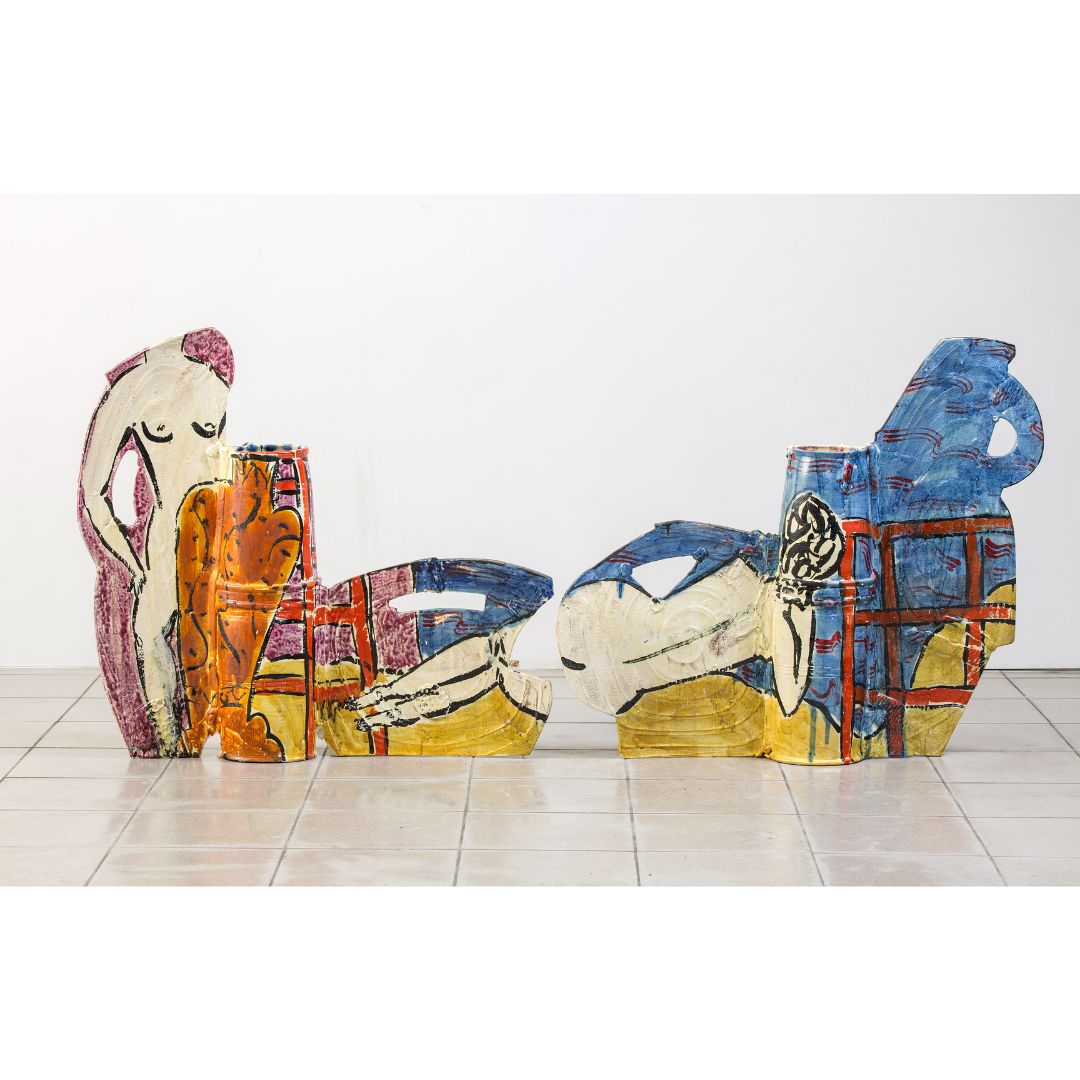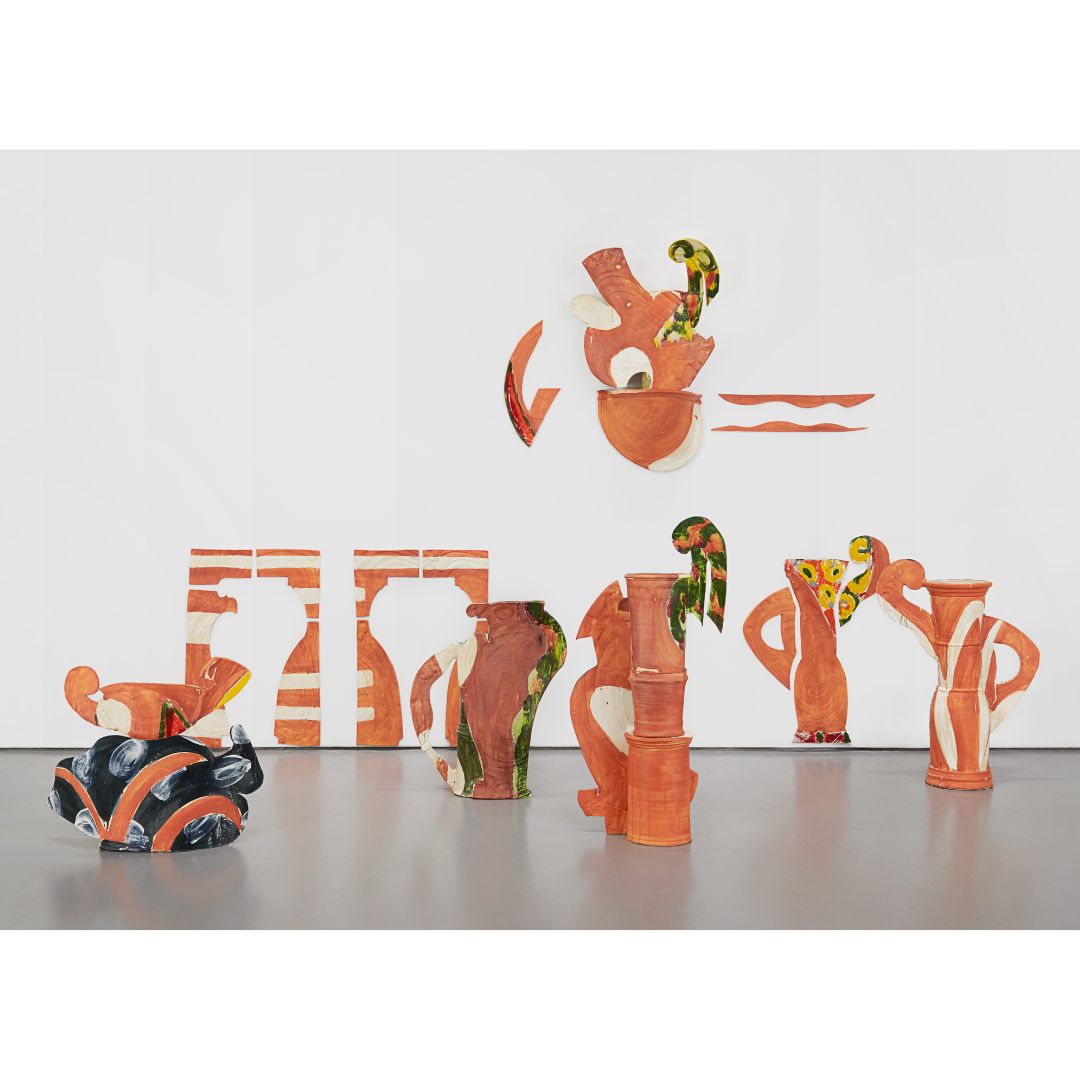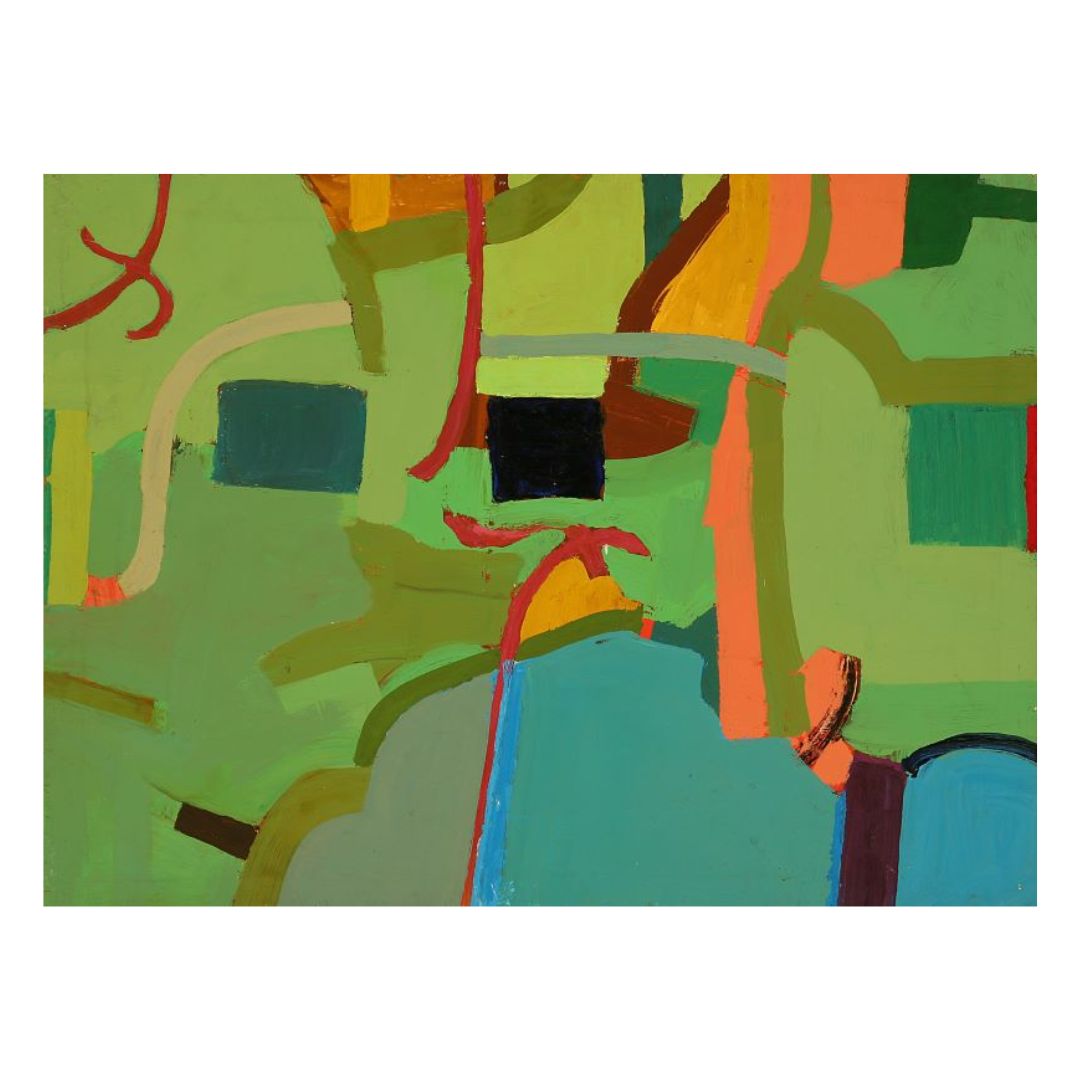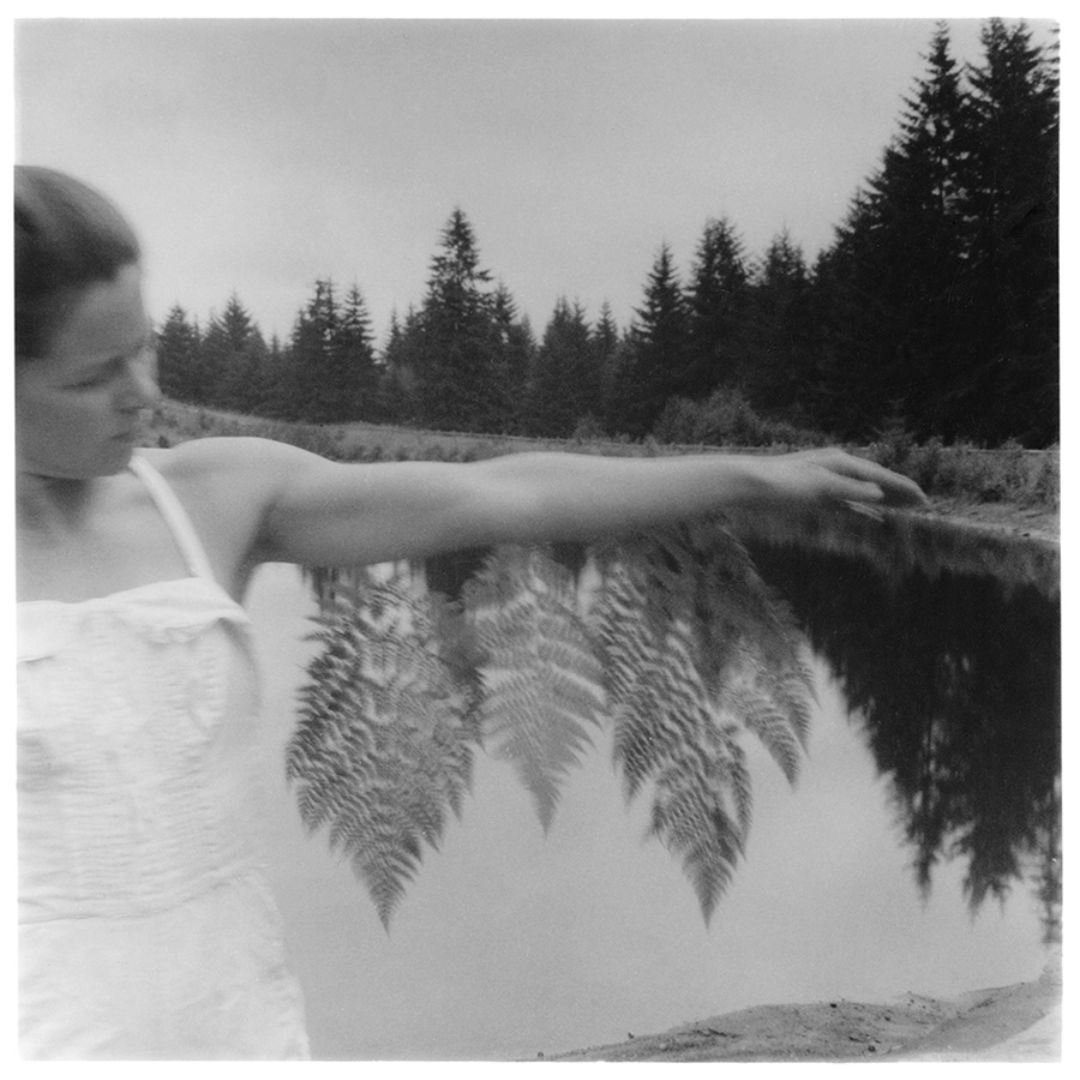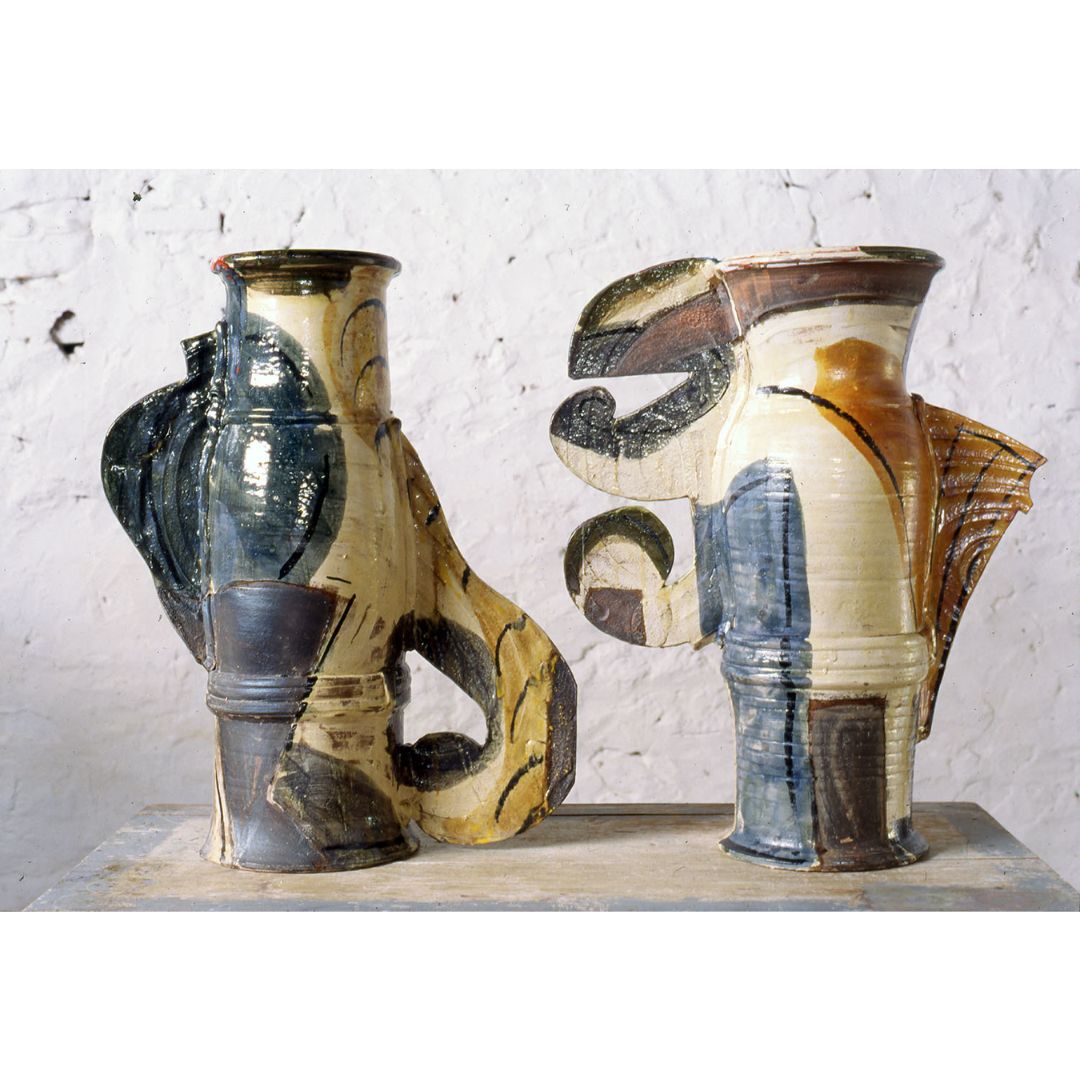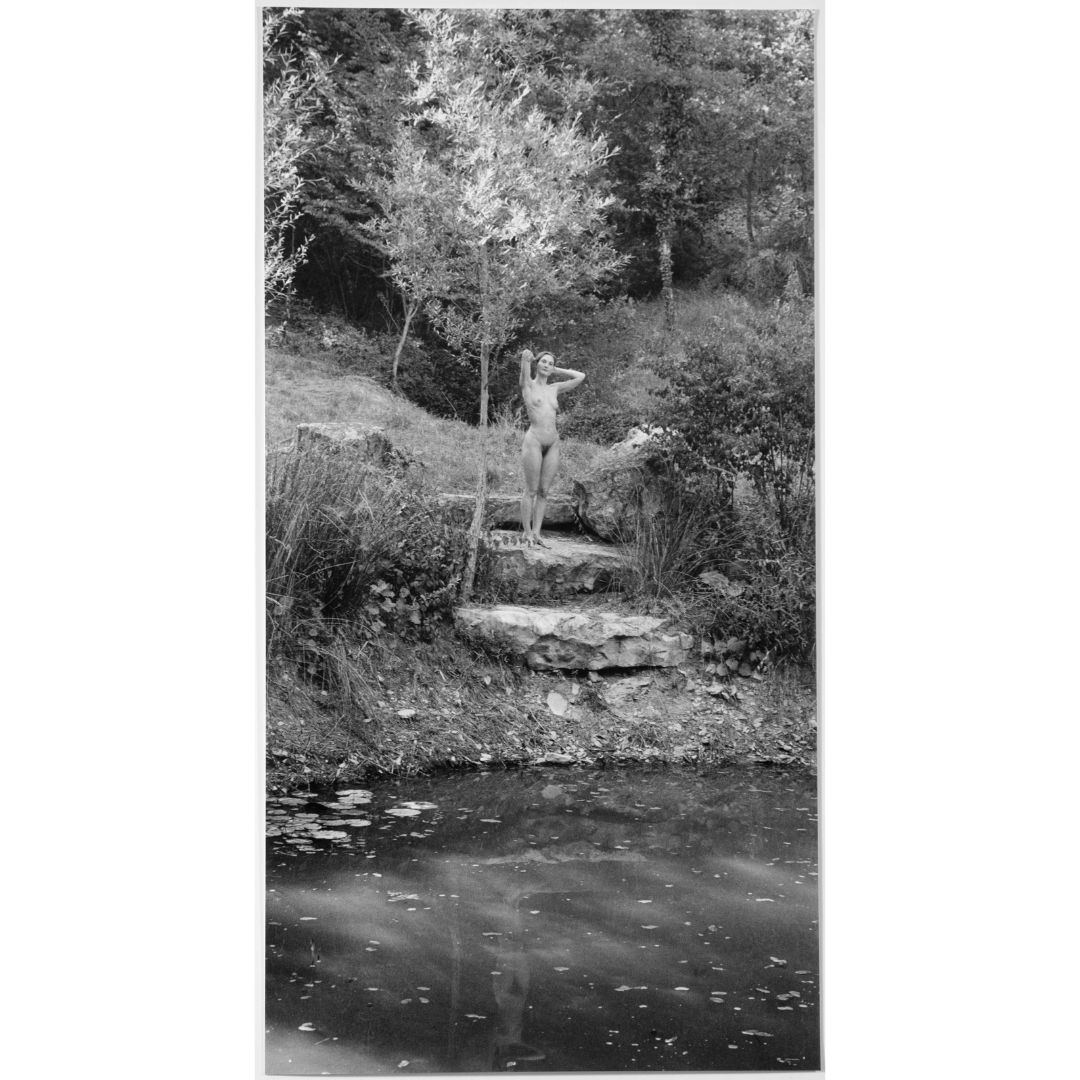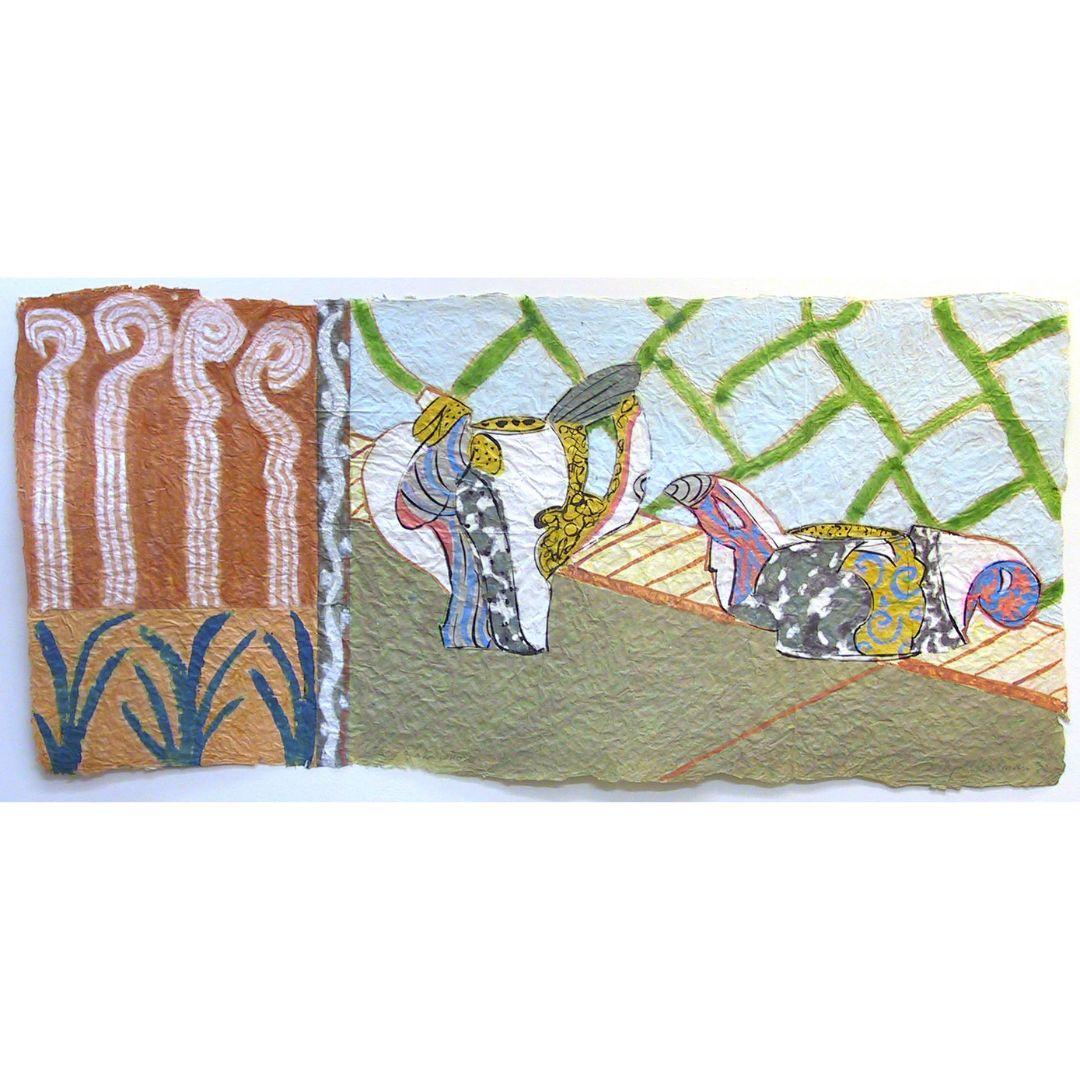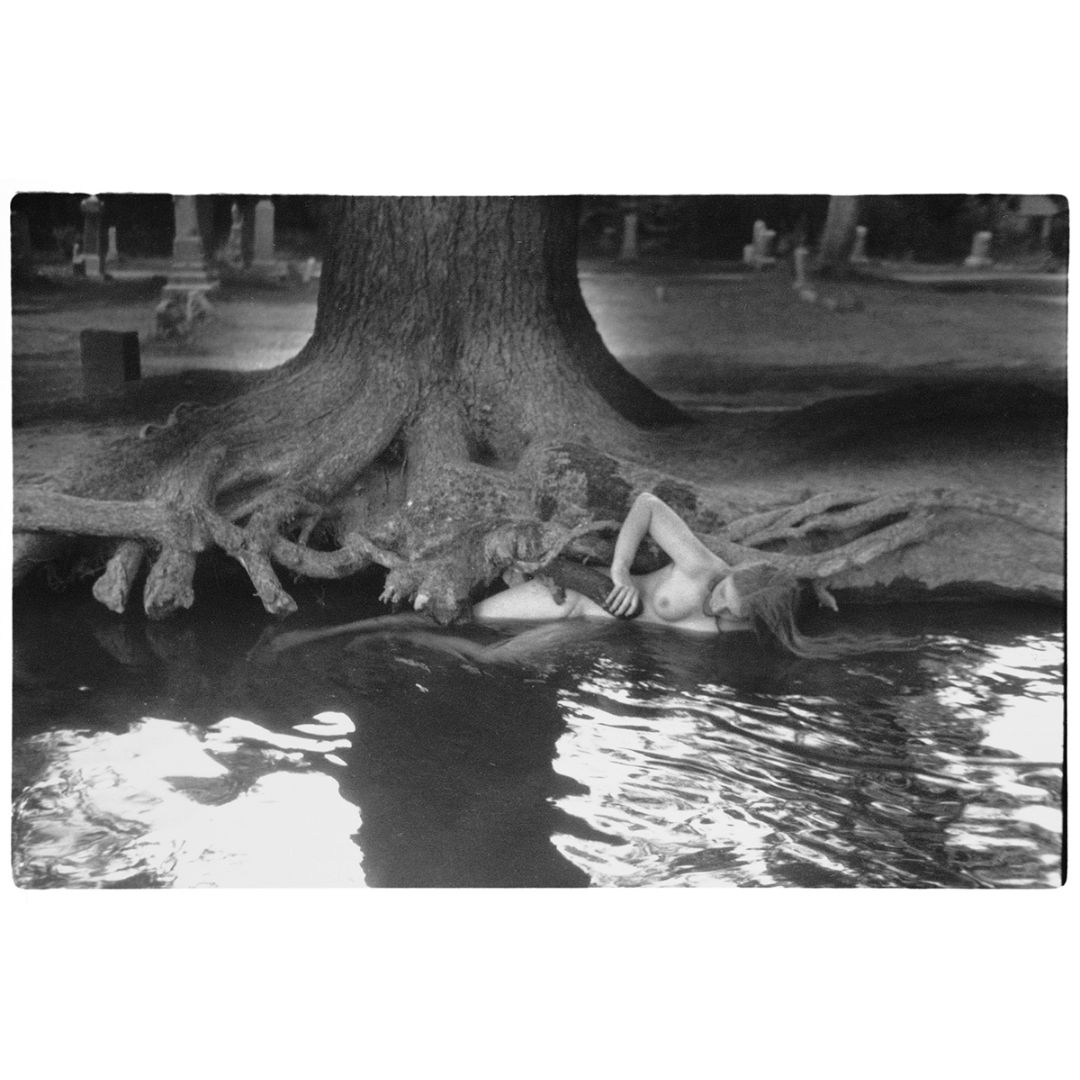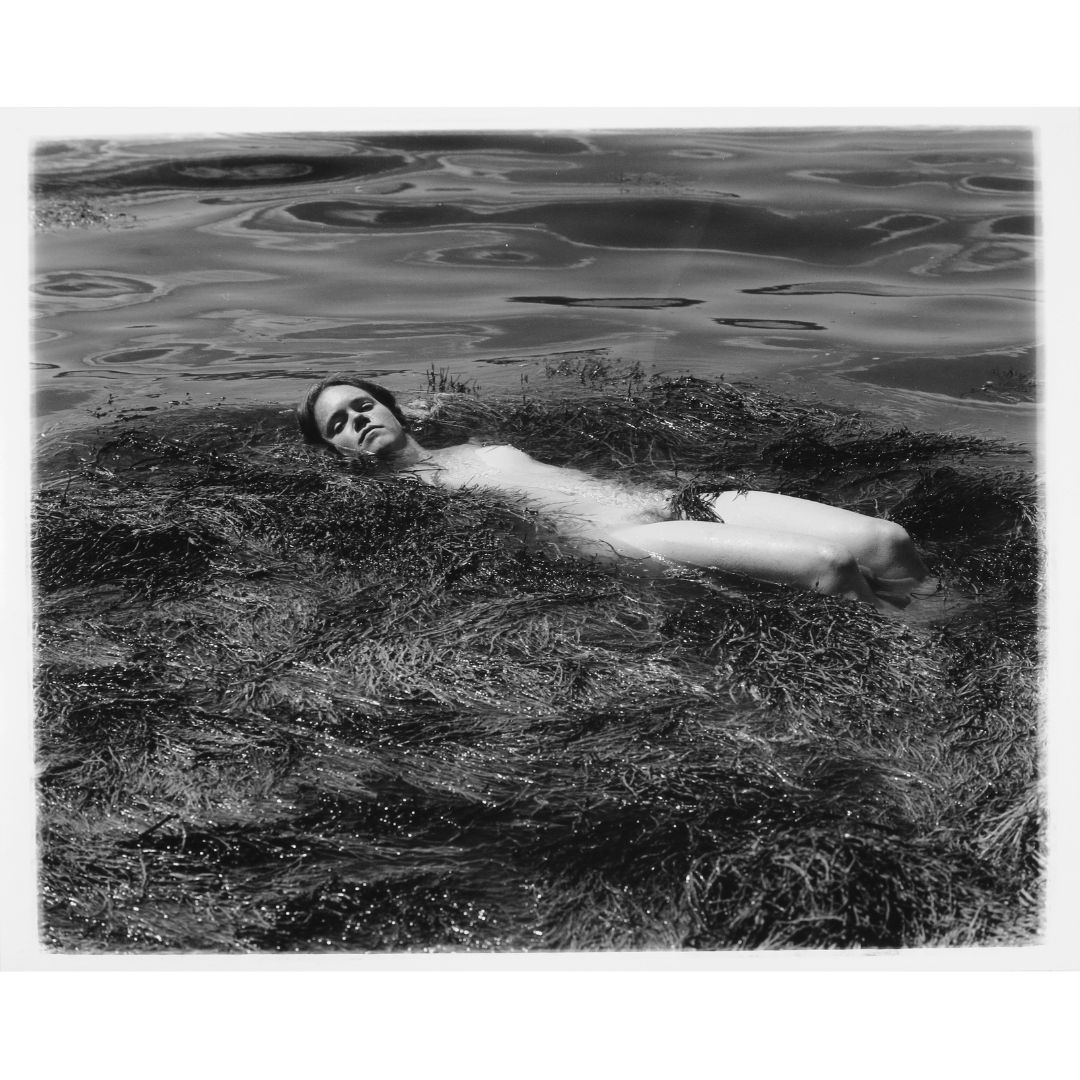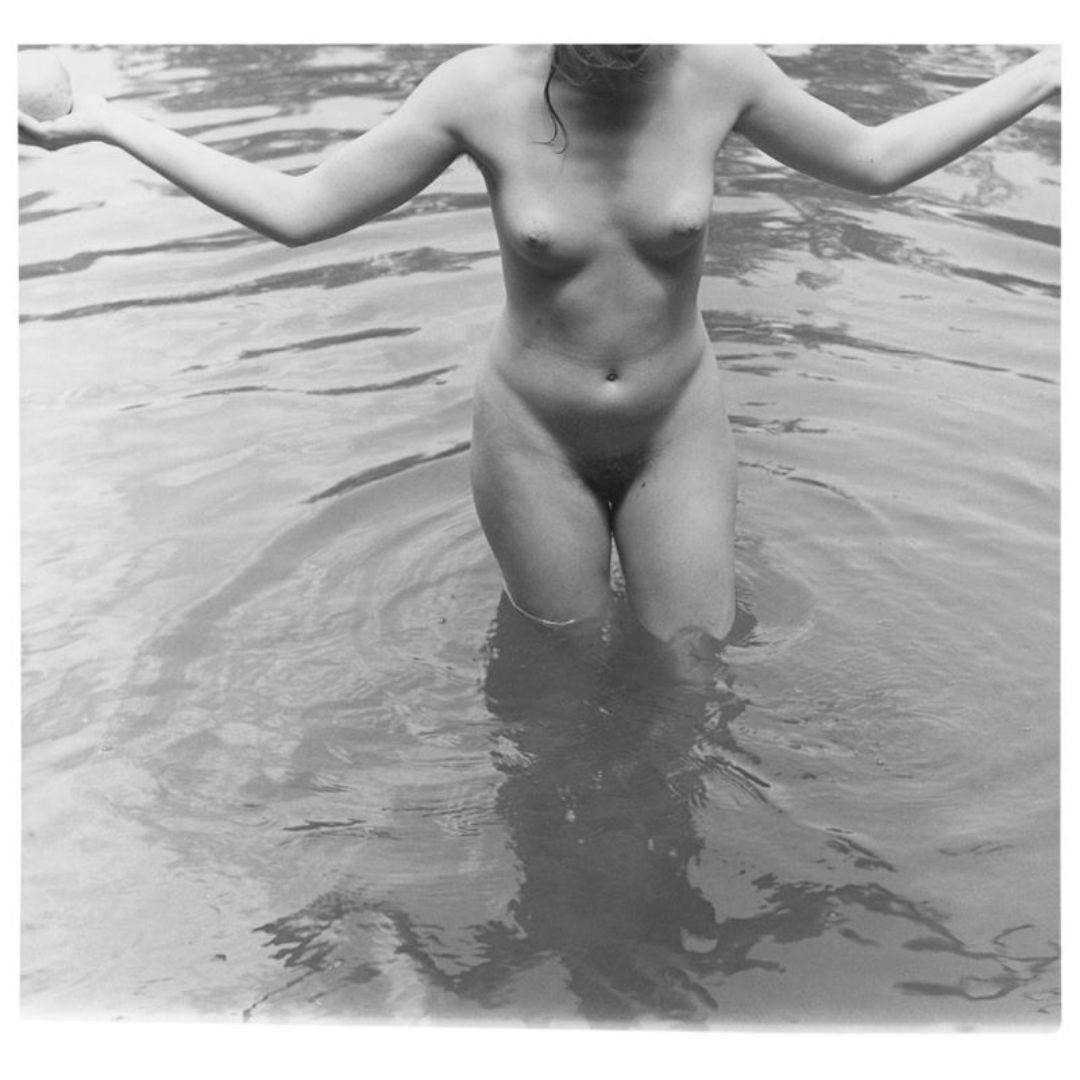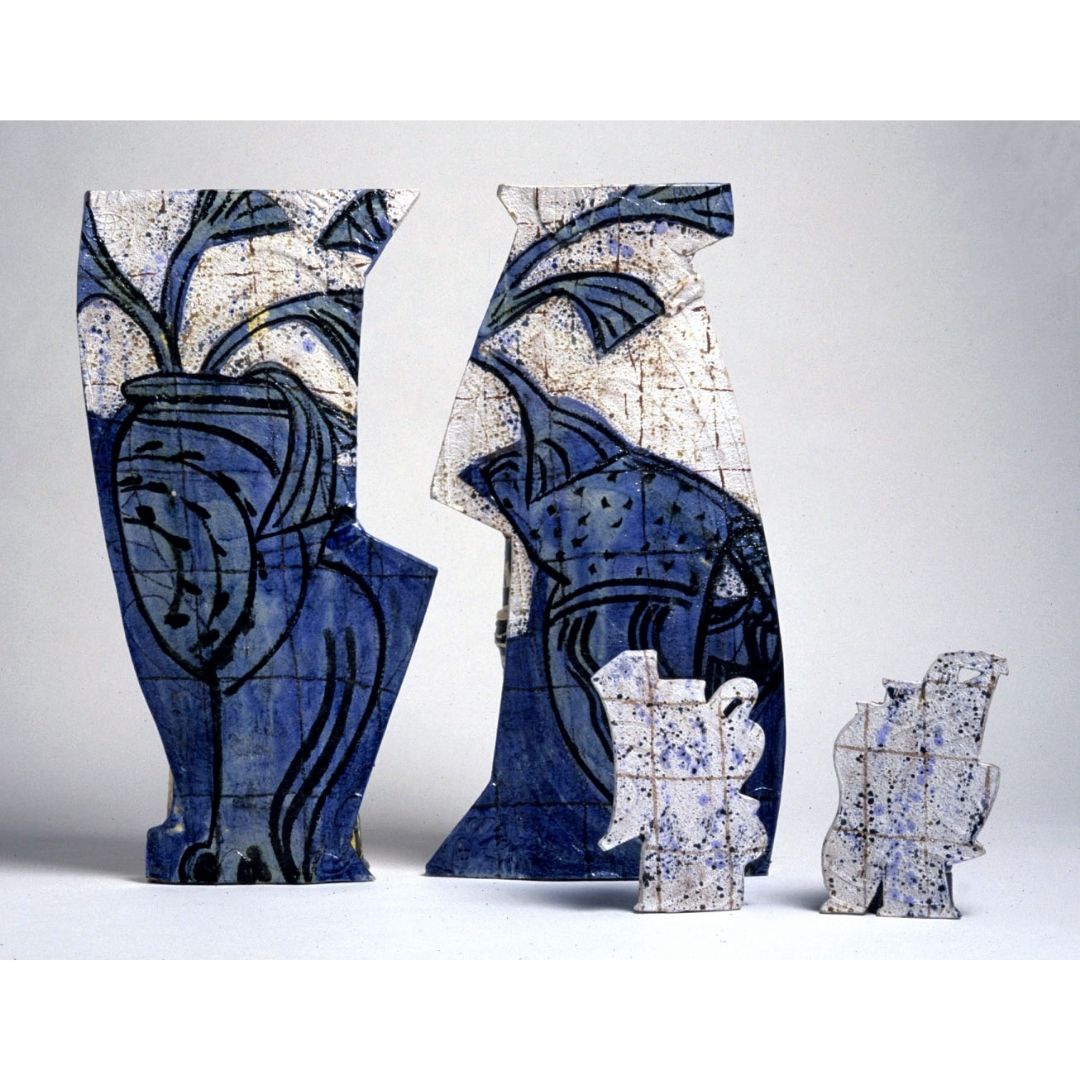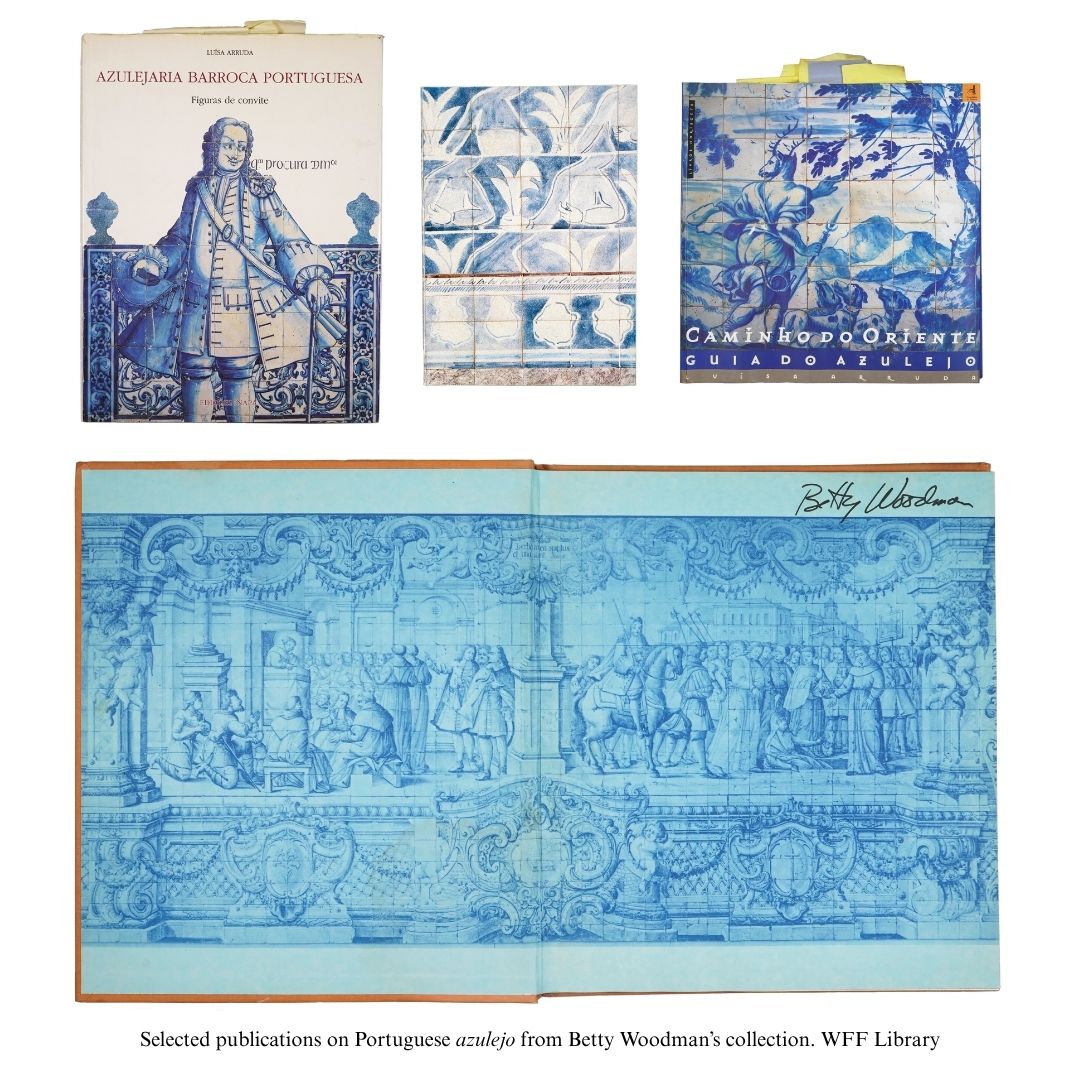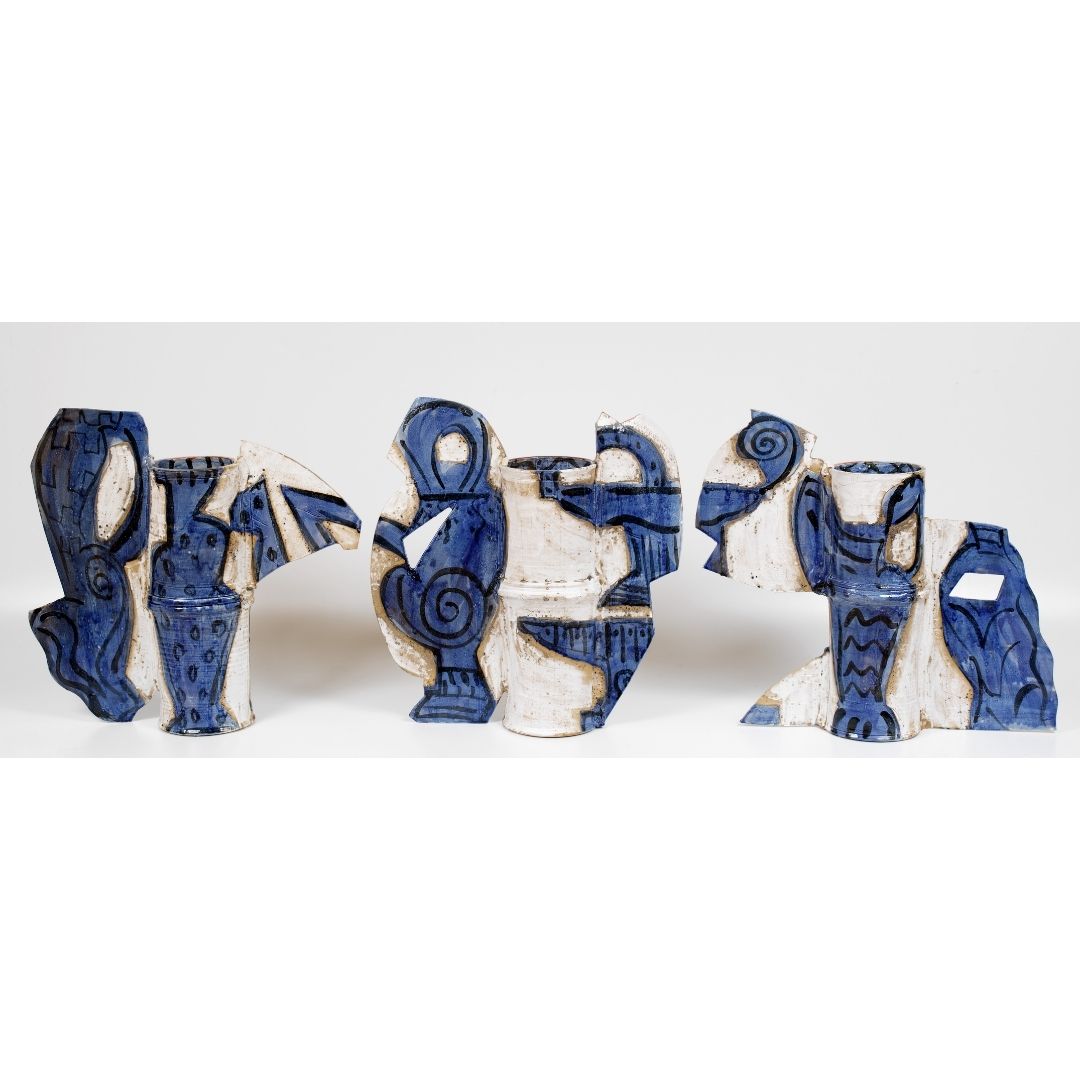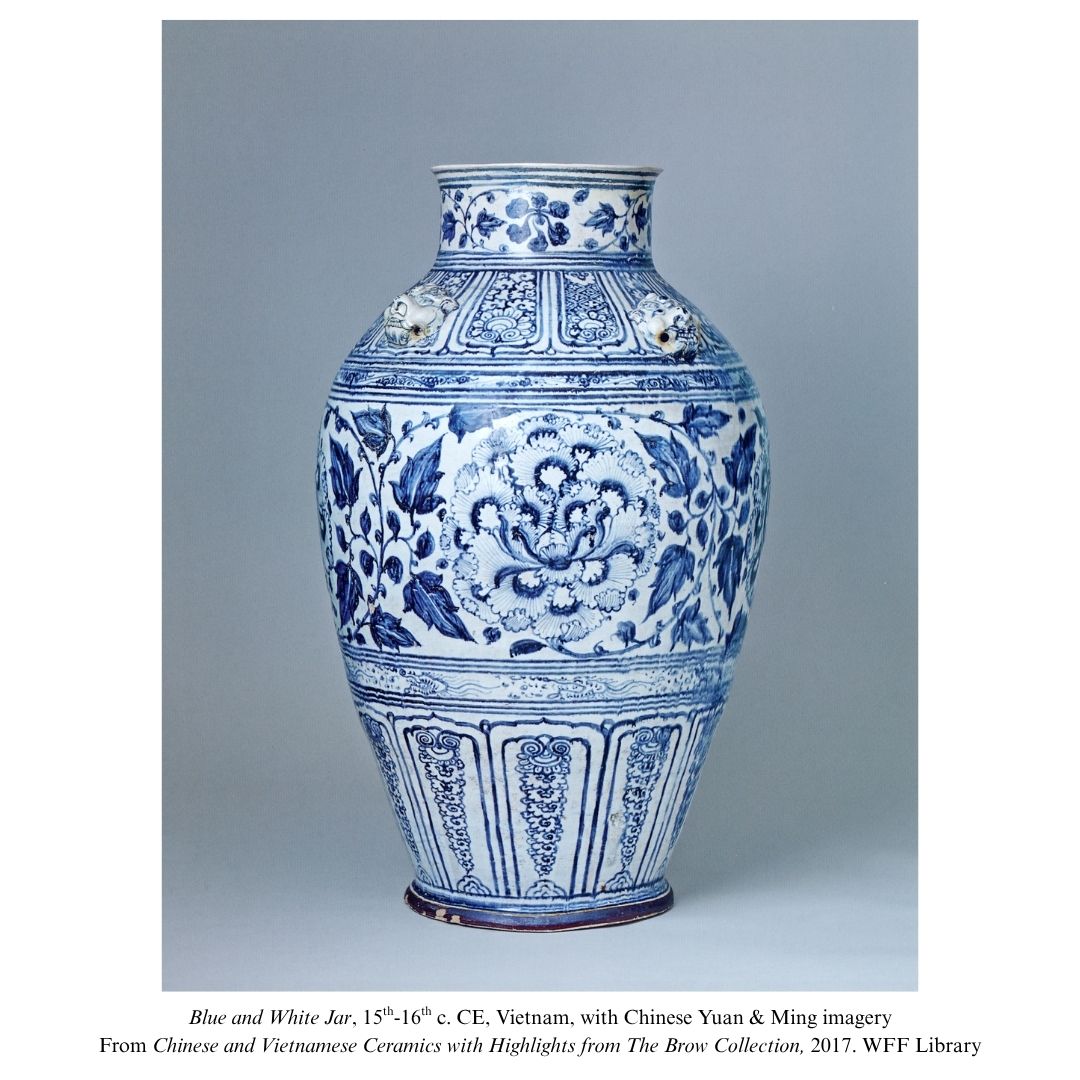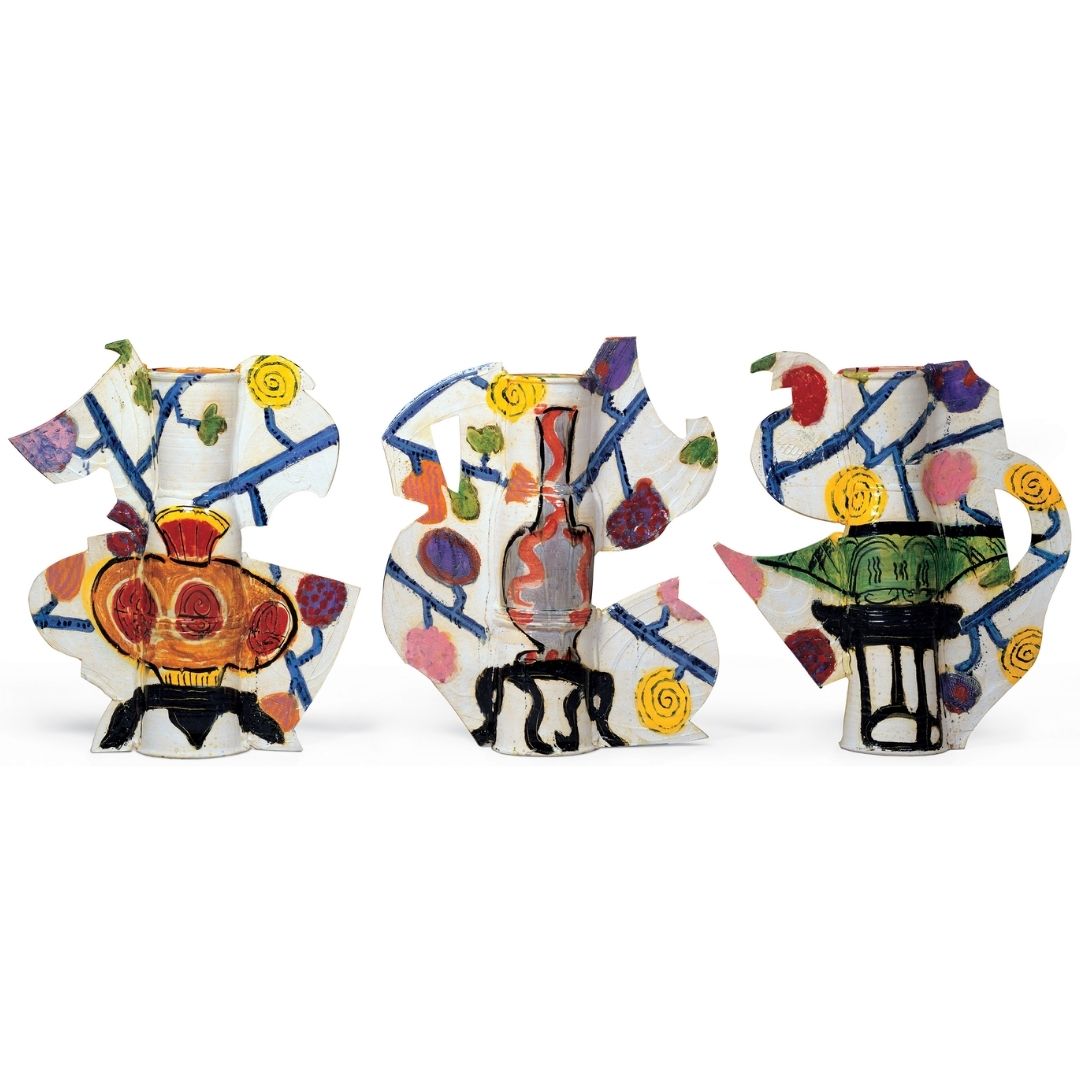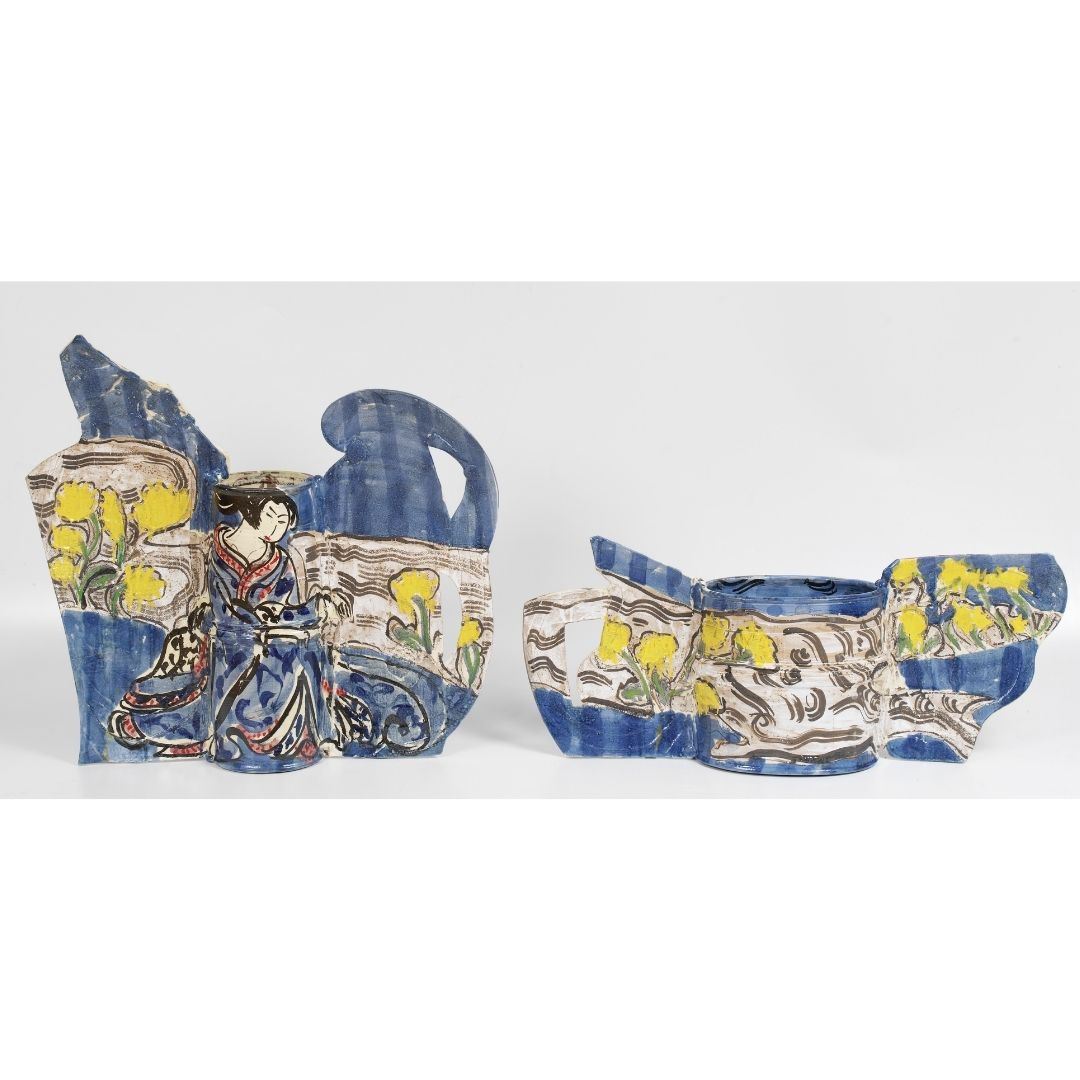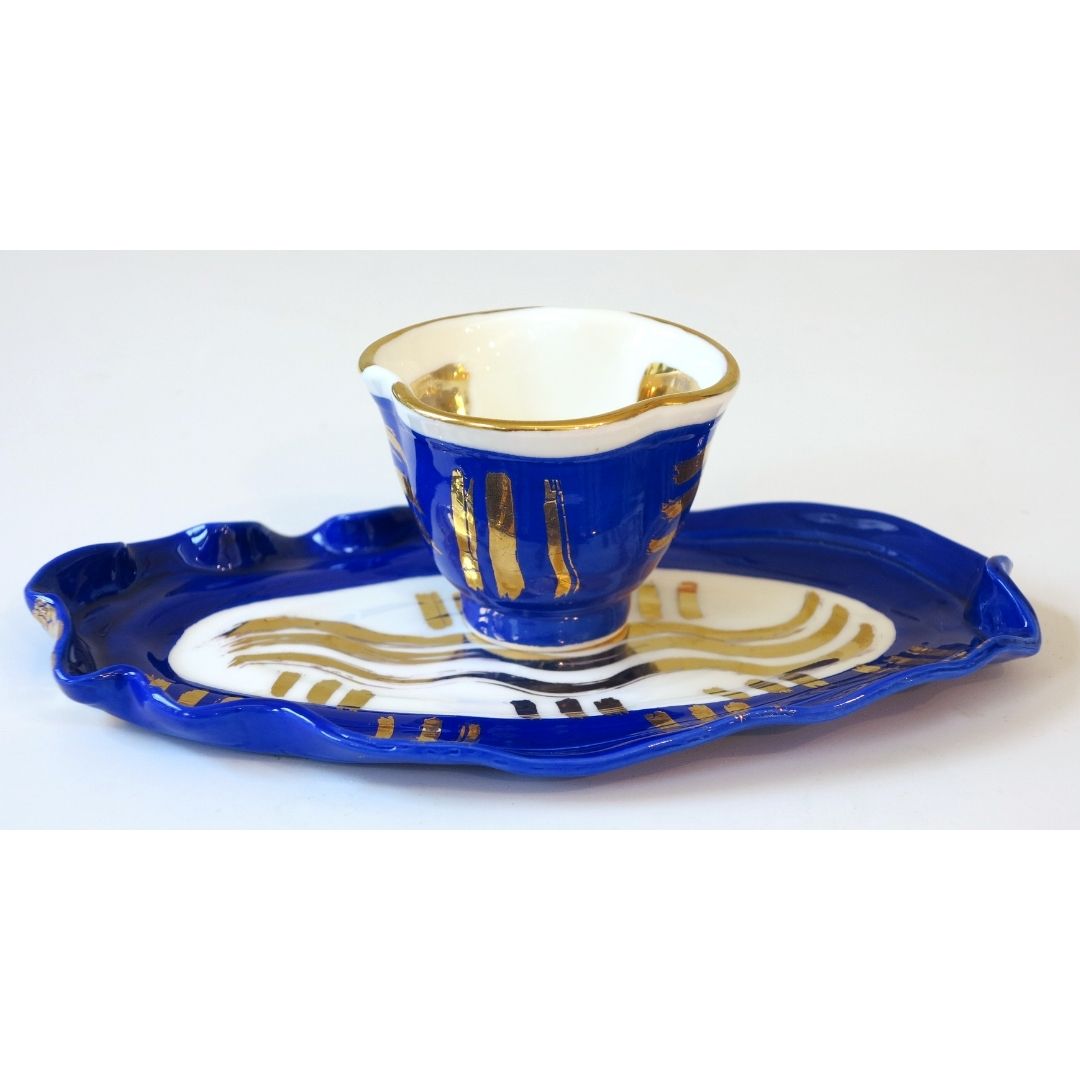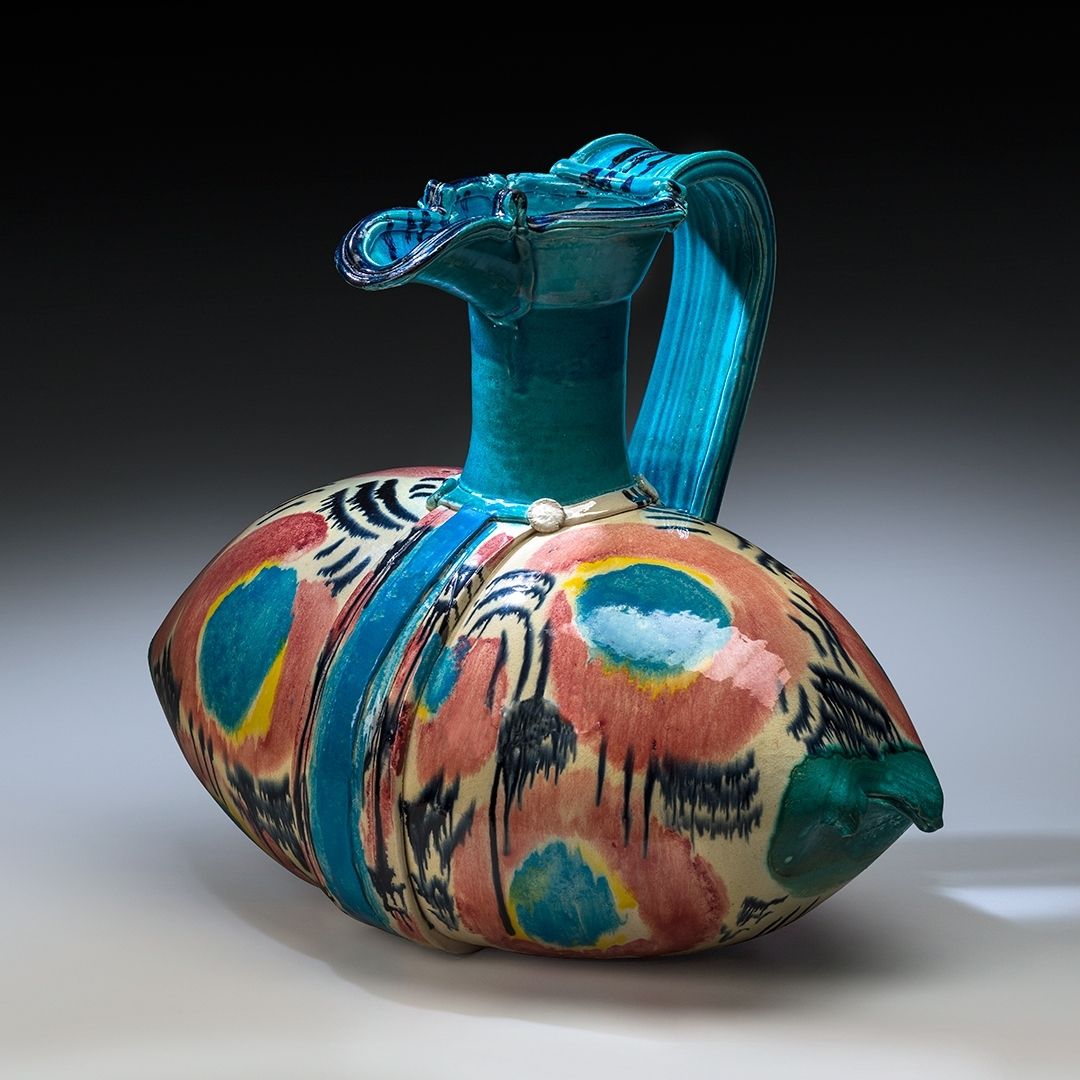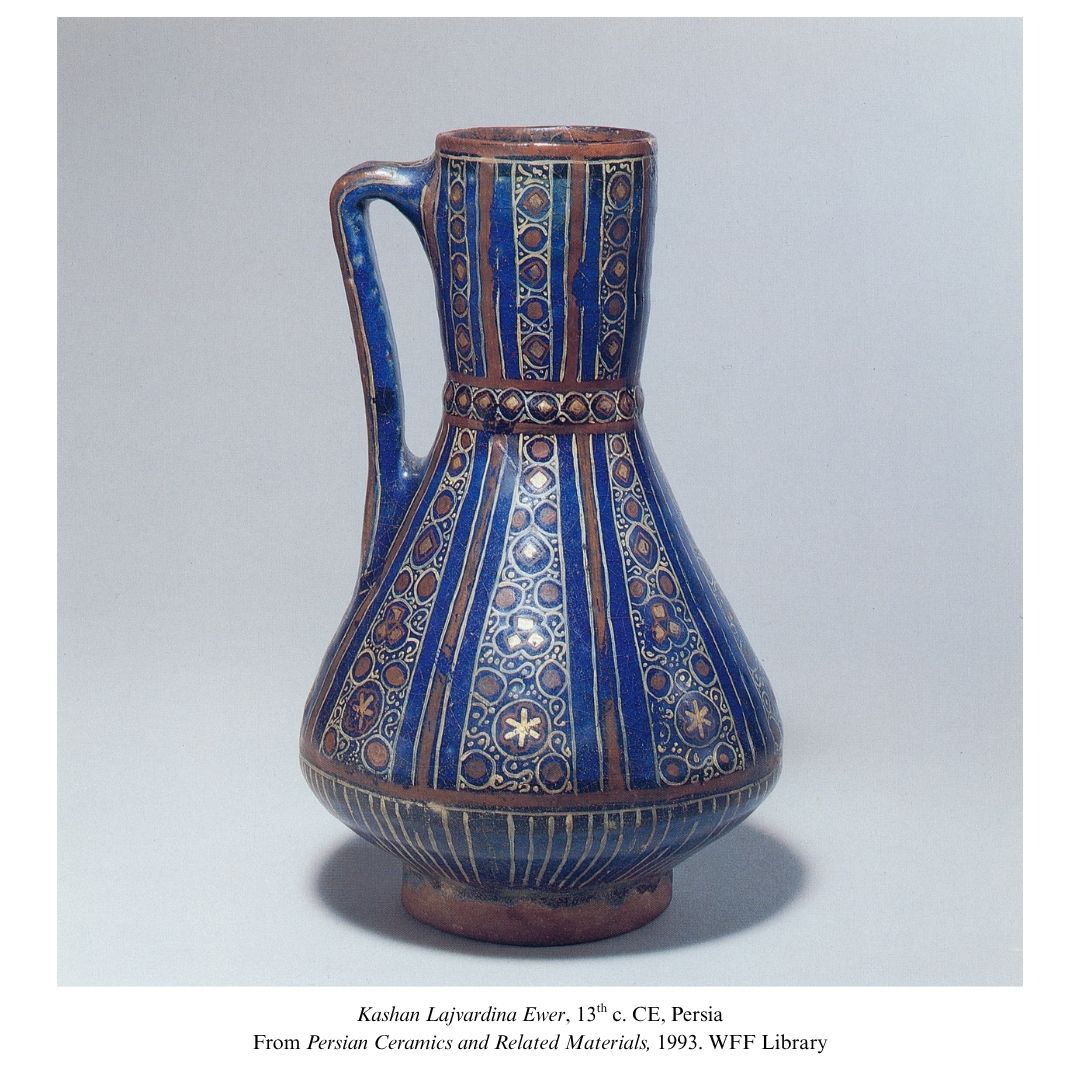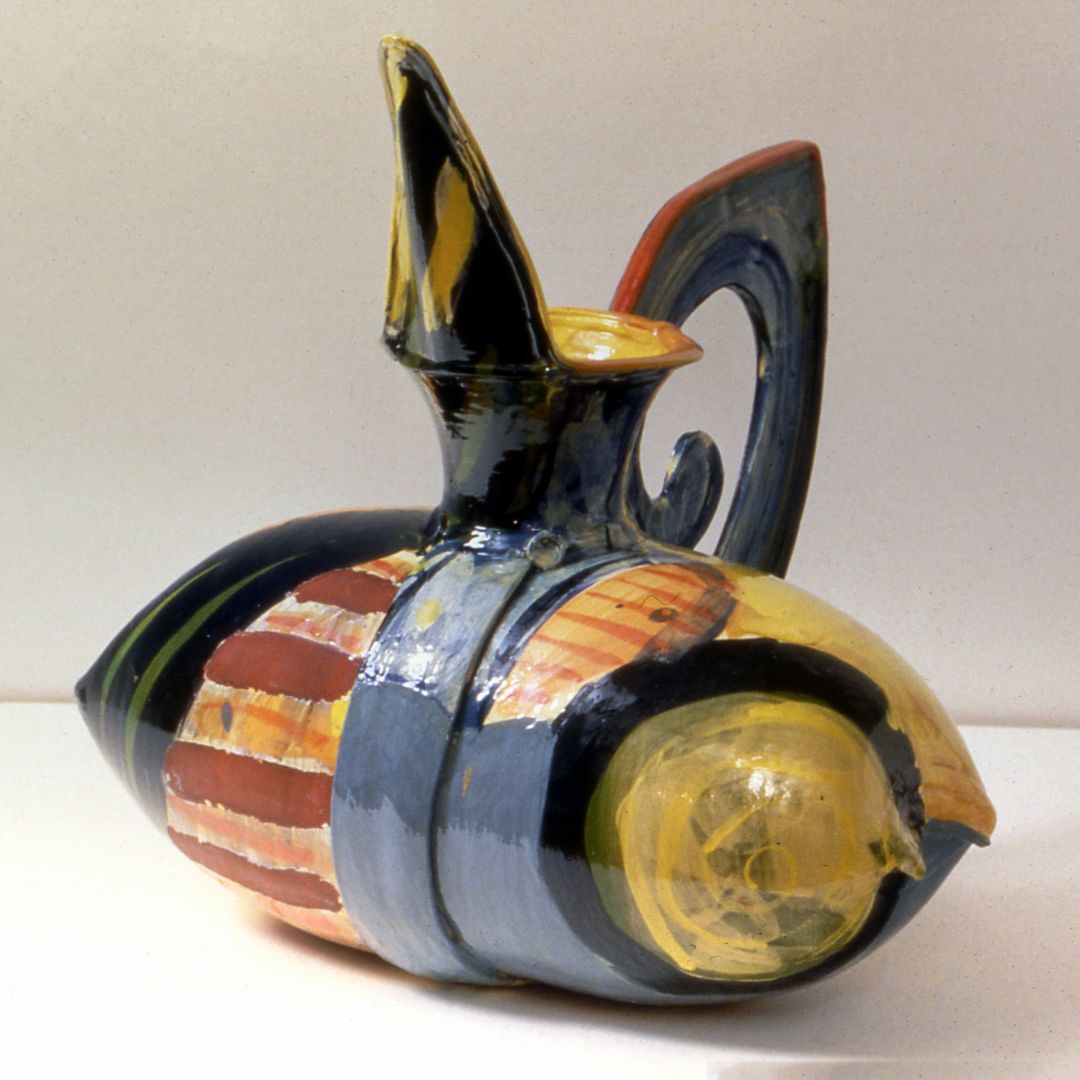Tags:
Betty Woodman


Curated by Glenn Adamson and Severin Delfs, “Drop, Cloth” traces a 50-year lineage of draping in contemporary art. As Delfs explains, drapery is presented here "as a flexible visual language that connects perception to material form,” explored through approaches that are “diaphanous and ephemeral," "material and sculptural," and "pictorial and painterly.”
Read More

Thrilled to announce that “Betty Woodman: Conversations on the Shore, Works from the 1990s”—the exhibition catalogue designed by Laura Coombs for Woodman’s 2022 solo show at David Kordansky Gallery—has been named a Winner of AIGA 50 Books | 50 Covers of 2024.
Read MoreThe first round of funds have officially been sent to recipients of the inaugural WFF Housing Stability Grant for Artists (WFF HSG)!
Read More.jpg)
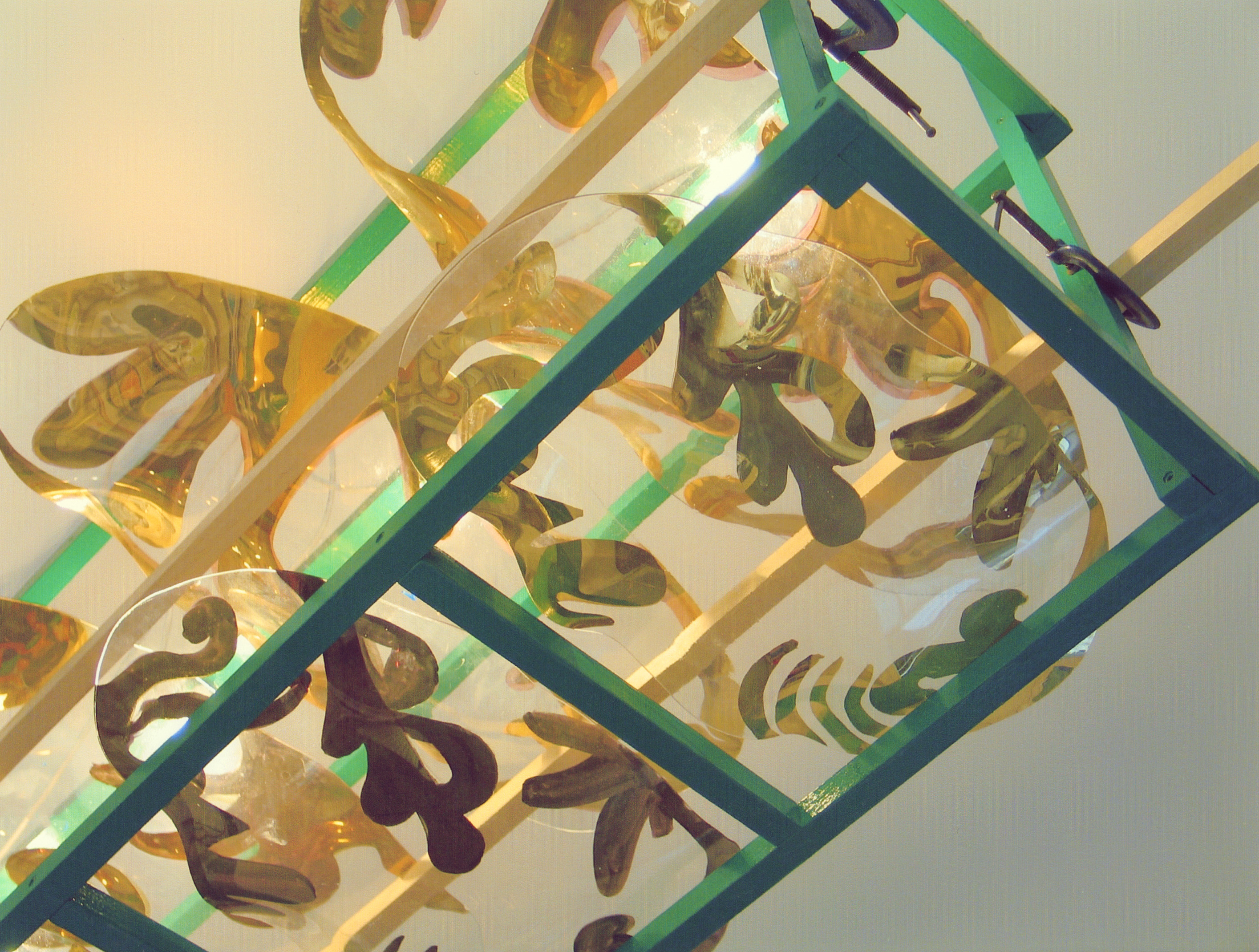
Betty Woodman's creative process was deeply informed by travel and she often returned home with ideas sparked by experiences working abroad, drawing inspiration from the techniques she encountered during residencies. An example of these influences is Woodman’s pursuit of the radiant gold that appears throughout her work.
Read MoreTireless advocate and patron saint of art and social justice. Devoted friend and supporter to so many artists, curators, and institutions, including Betty Woodman and George Woodman and many of our Board members. Equity-focused creator of Studio in a School and the Studio Institute, whose summer interns we've been fortunate to host for many years.
Read More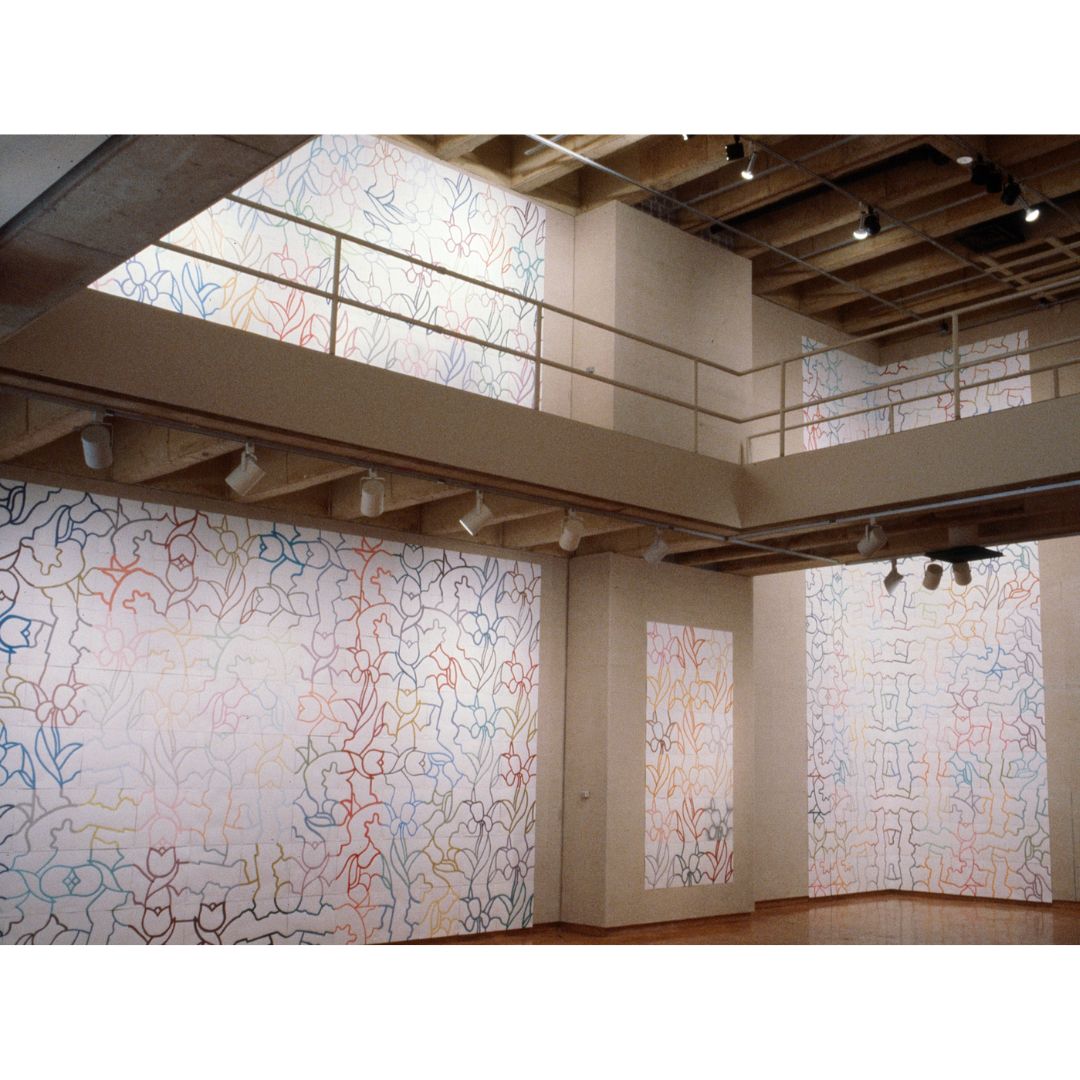
Matisse’s influence on the Woodman family is evident not only in the joie de vivre and cut-out forms of Betty Woodman’s ceramic sculptures, but also in the architectural sensibilities that inform both her and George Woodman’s work. George’s site-specific paper tile installations, in particular, invite comparison to Matisse’s Chapelle du Rosaire—not through direct lineage, but through a shared devotion to formal clarity, and the transformative potential of scale and repetition.
Read More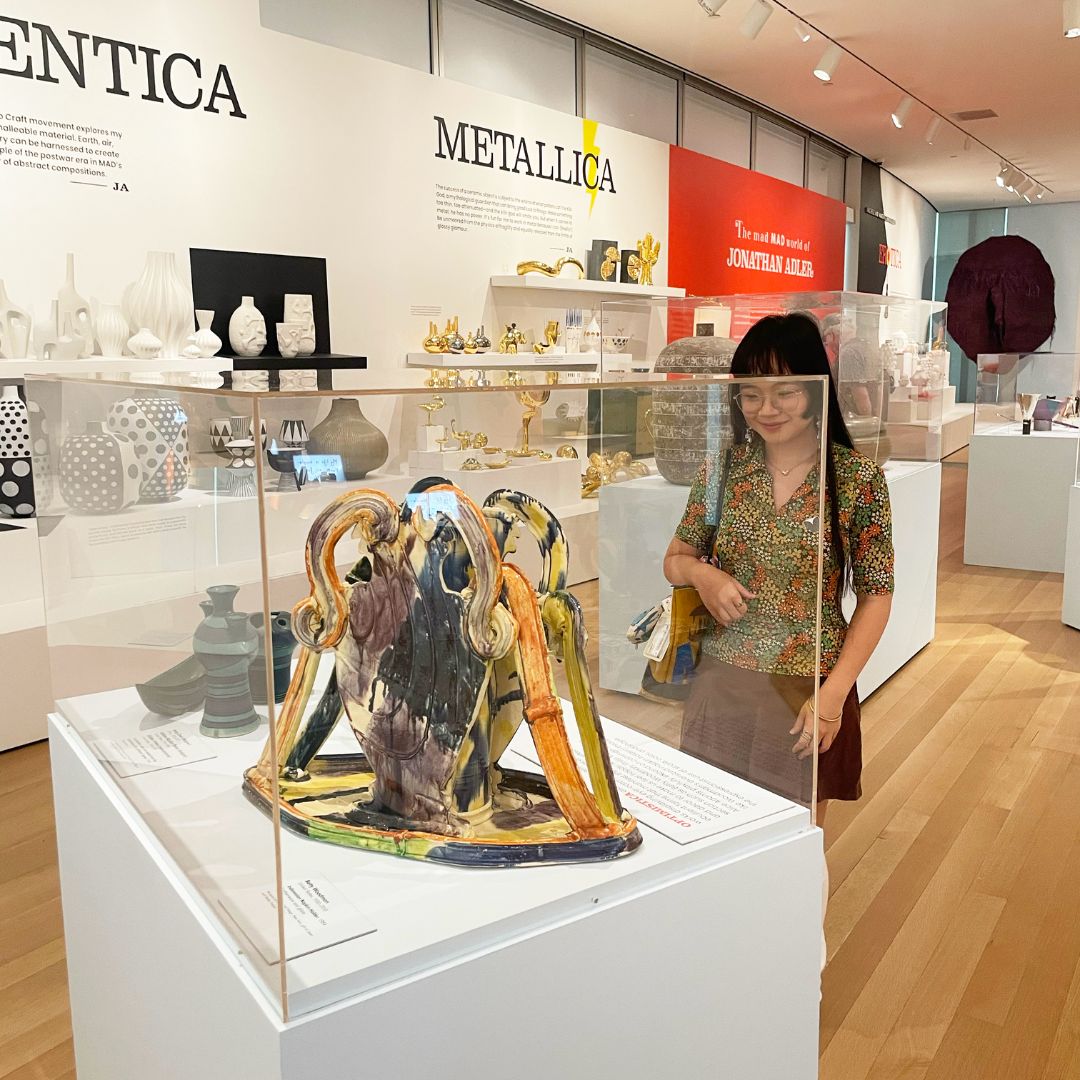
Curated by potter, interior designer, and author Jonathan Adler, this vibrant exhibition at MAD brings together over 60 works from the museum’s permanent collection, juxtaposed with Adler’s own iconic designs.
Read More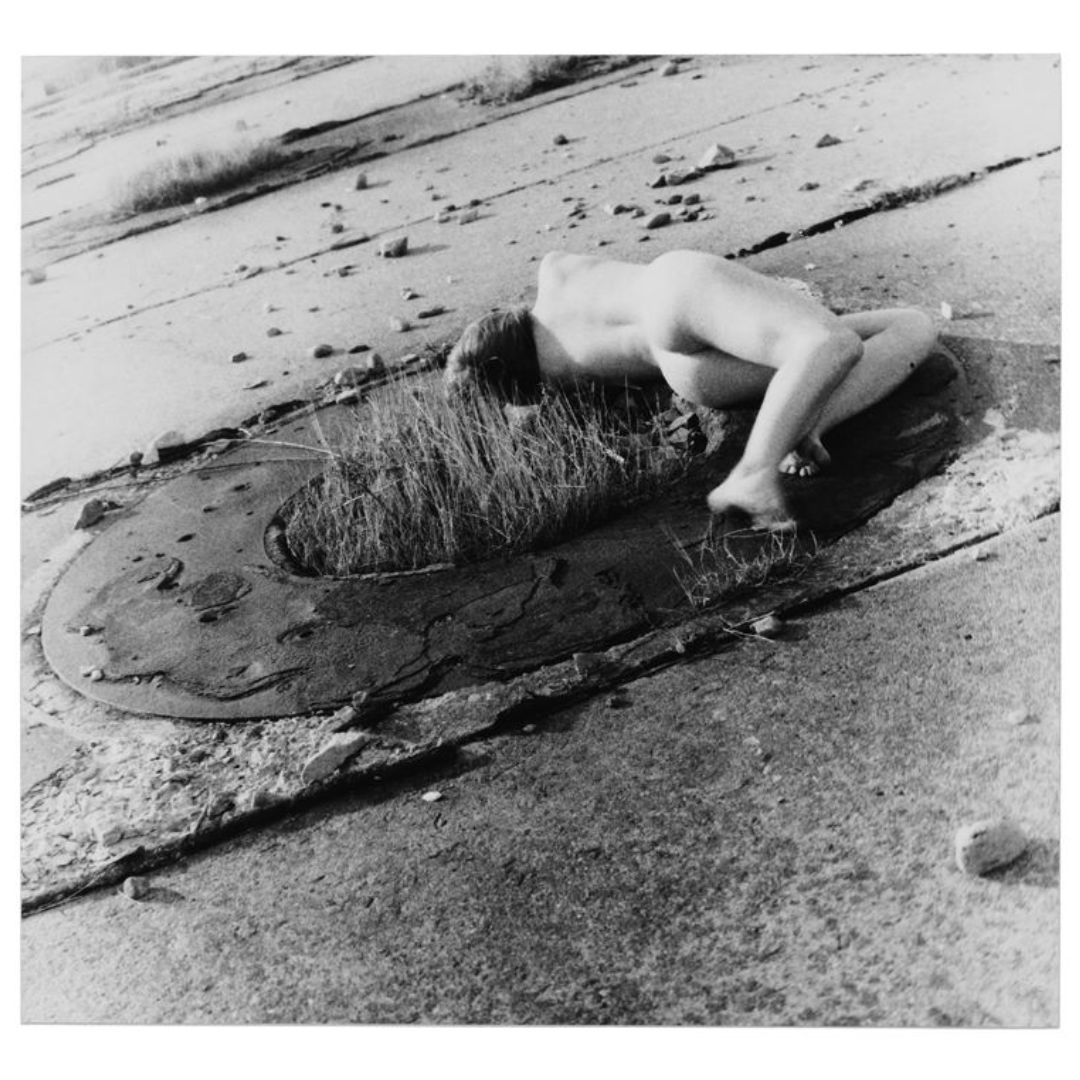
Betty Woodman, Francesca Woodman, and George Woodman also succumbed to the lure of beaches and seashores in their work, each artist reimagining the beachscape with a distinct sensibility and overlapping visual languages.
Read More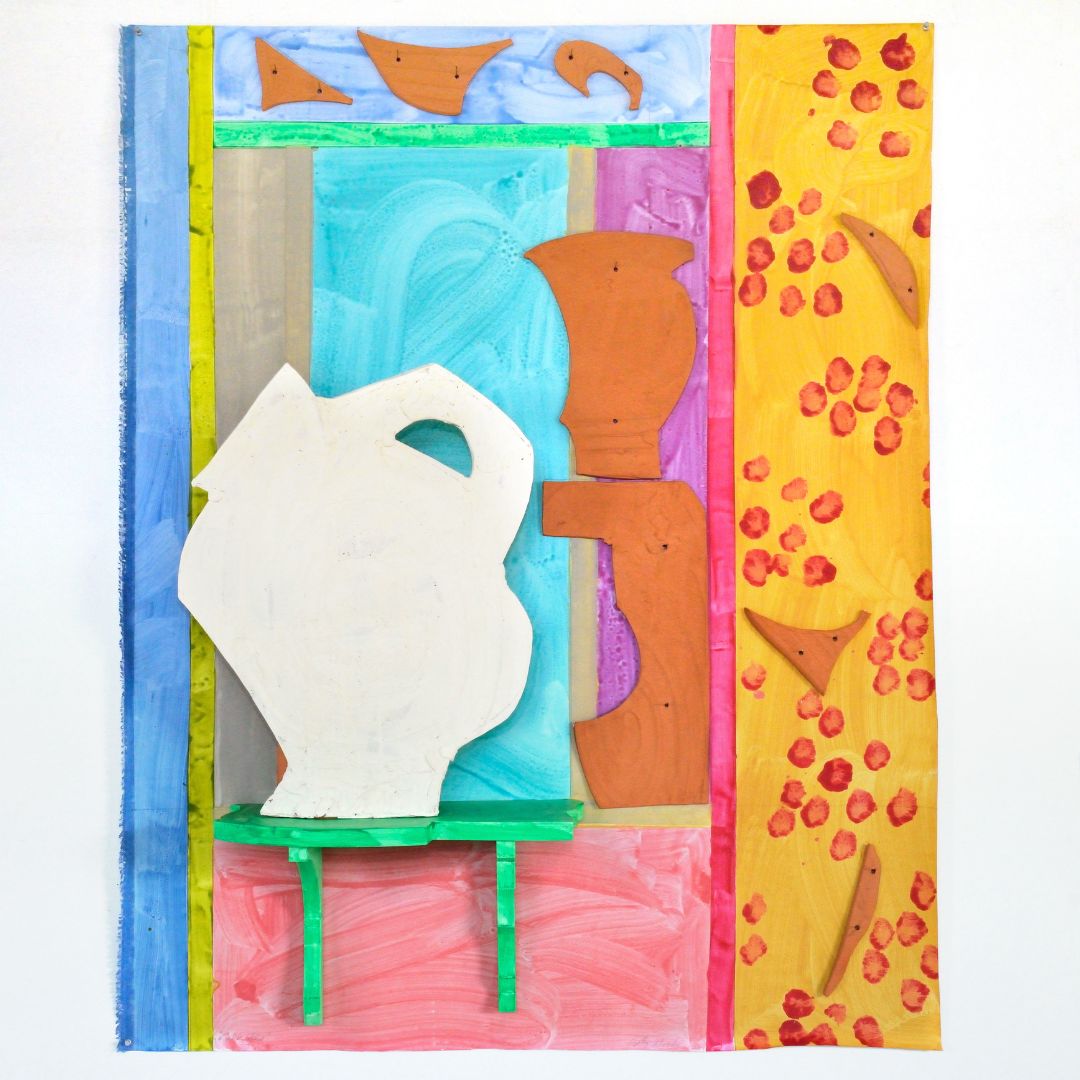
This summer, take in the fluid beauty of water as seen through the eyes of Betty Woodman, George Woodman, and Francesca Woodman.
Read More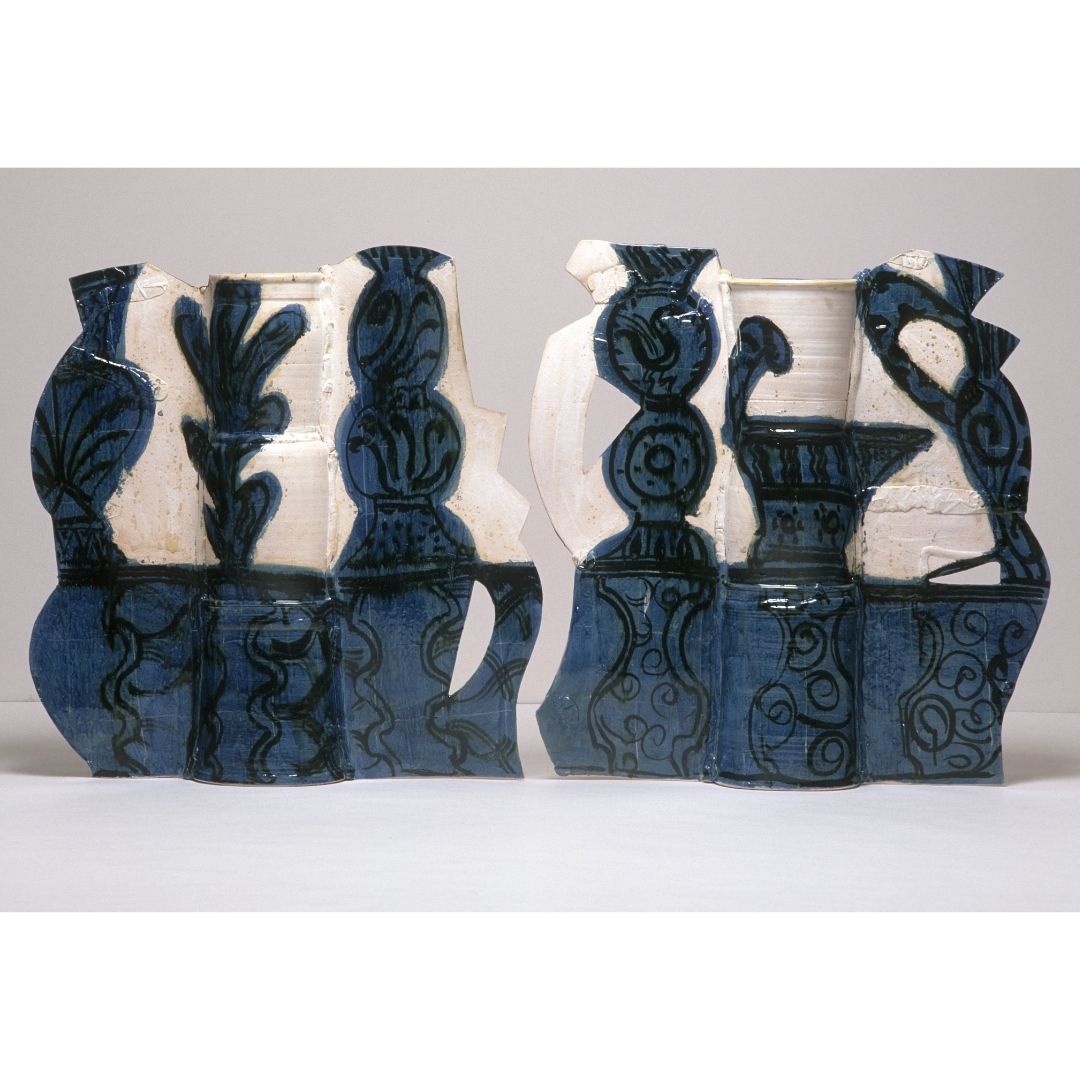
Betty Woodman is known for her exuberant body of work, which is often bathed in vivid hues of yellow, fuchsia, red, and orange. Yet in the December 2006 issue of The Studio Potter devoted solely to color, she confessed—“without a moment’s hesitation”—that blue was her favorite.
Read More
In 2012, Betty Woodman was commissioned to create an artwork for the Christopher S. Bond courthouse in Jefferson City, Missouri, through the General Services Administration’s Art in Architecture program.
Read More
In honor of International Museum Day this past week, our Collections Coordinator Celia Lê visited AMOCA, where Betty Woodman’s "Pillow Pitcher" is on view alongside works by Ron Nagle, Paul Soldner, Peter Voulkos, among others in "Hot! & Ready to Serve."
Read More



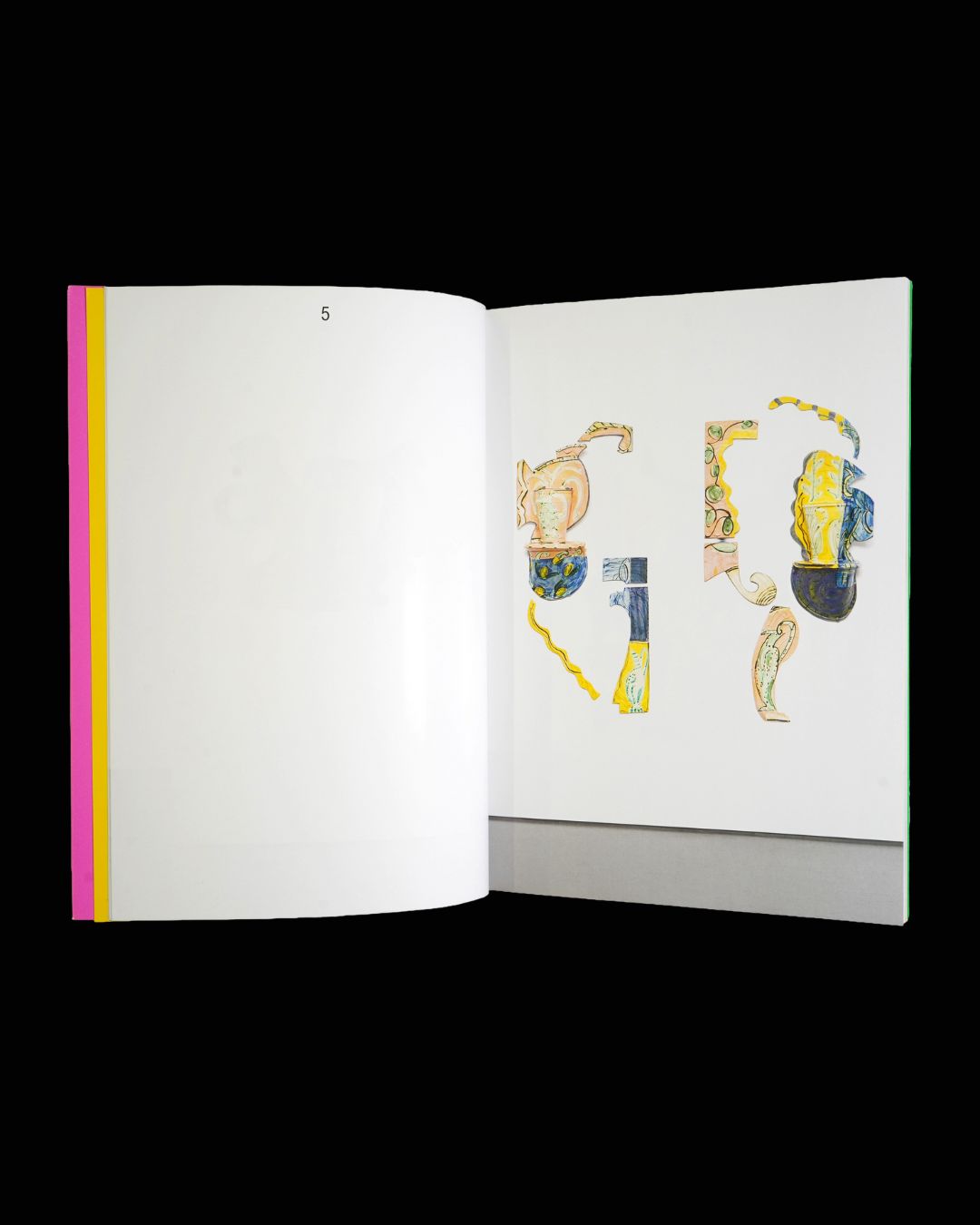

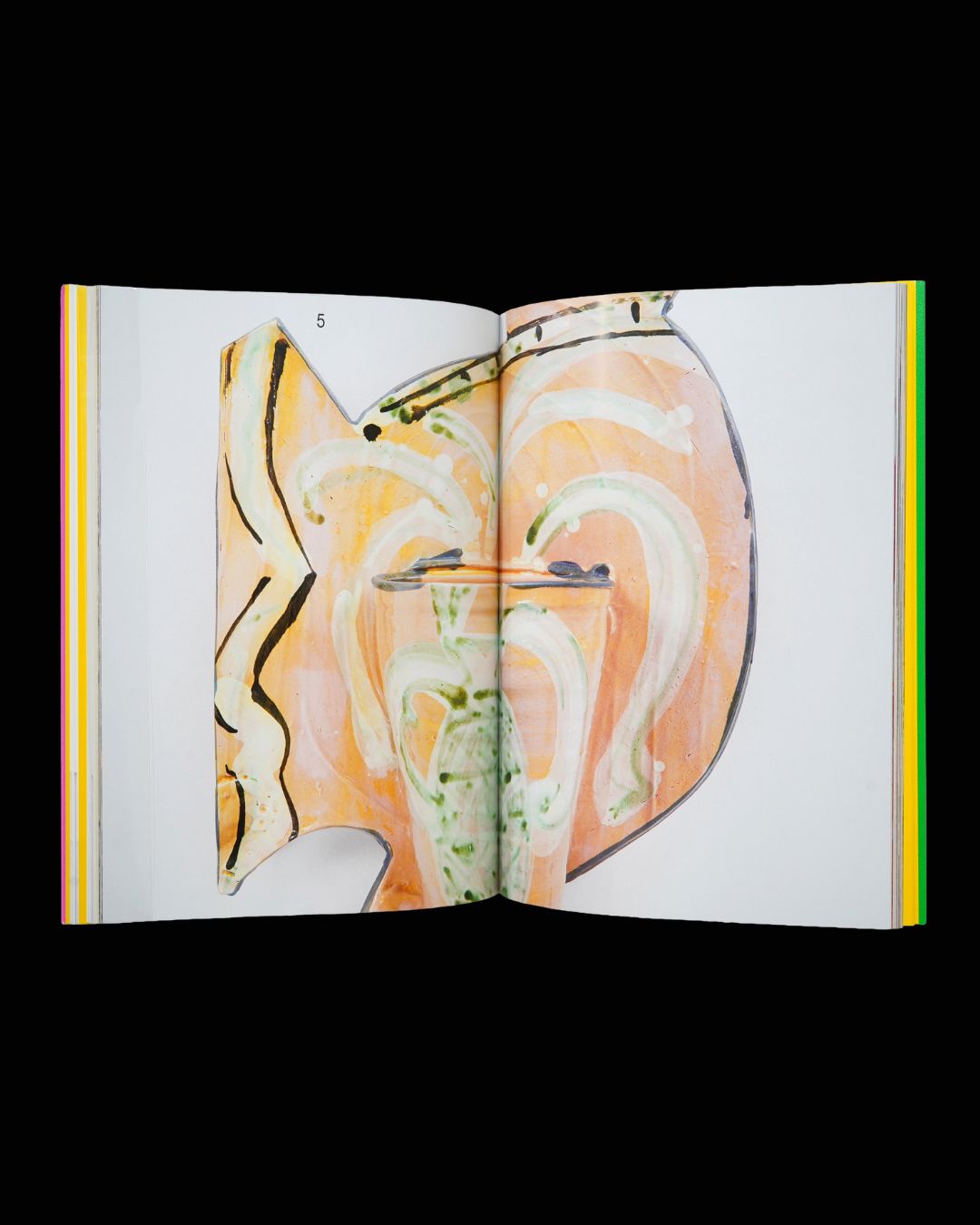
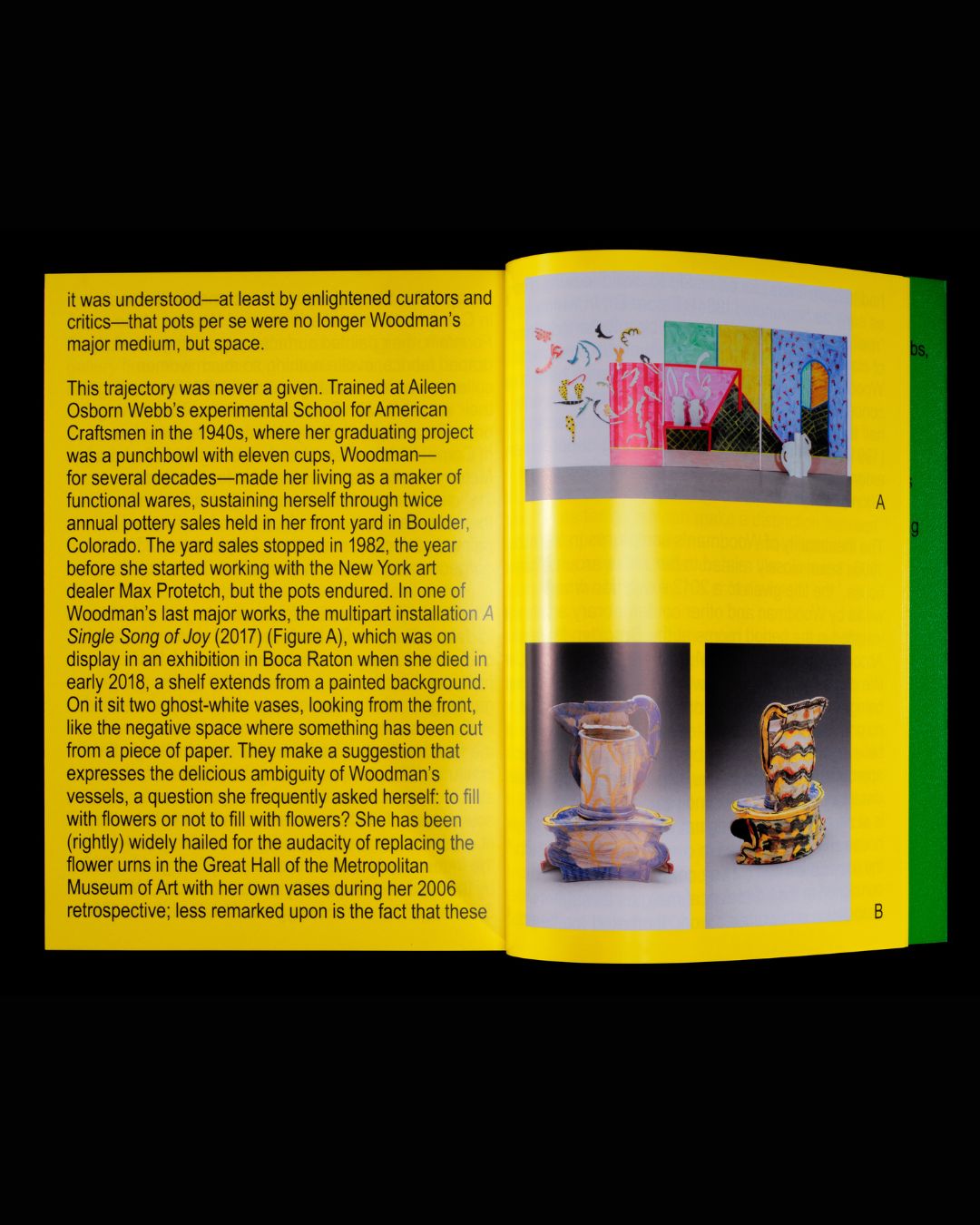
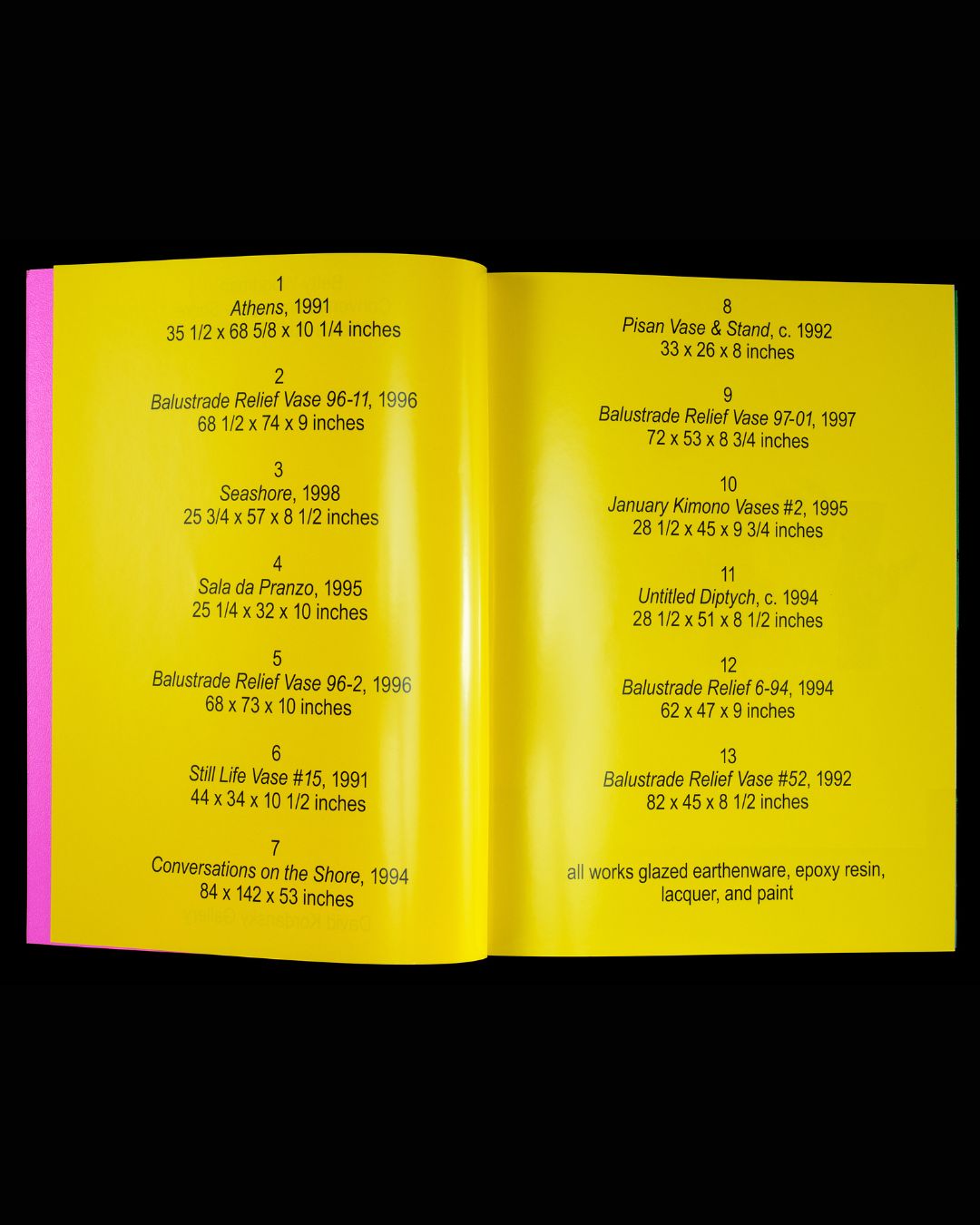




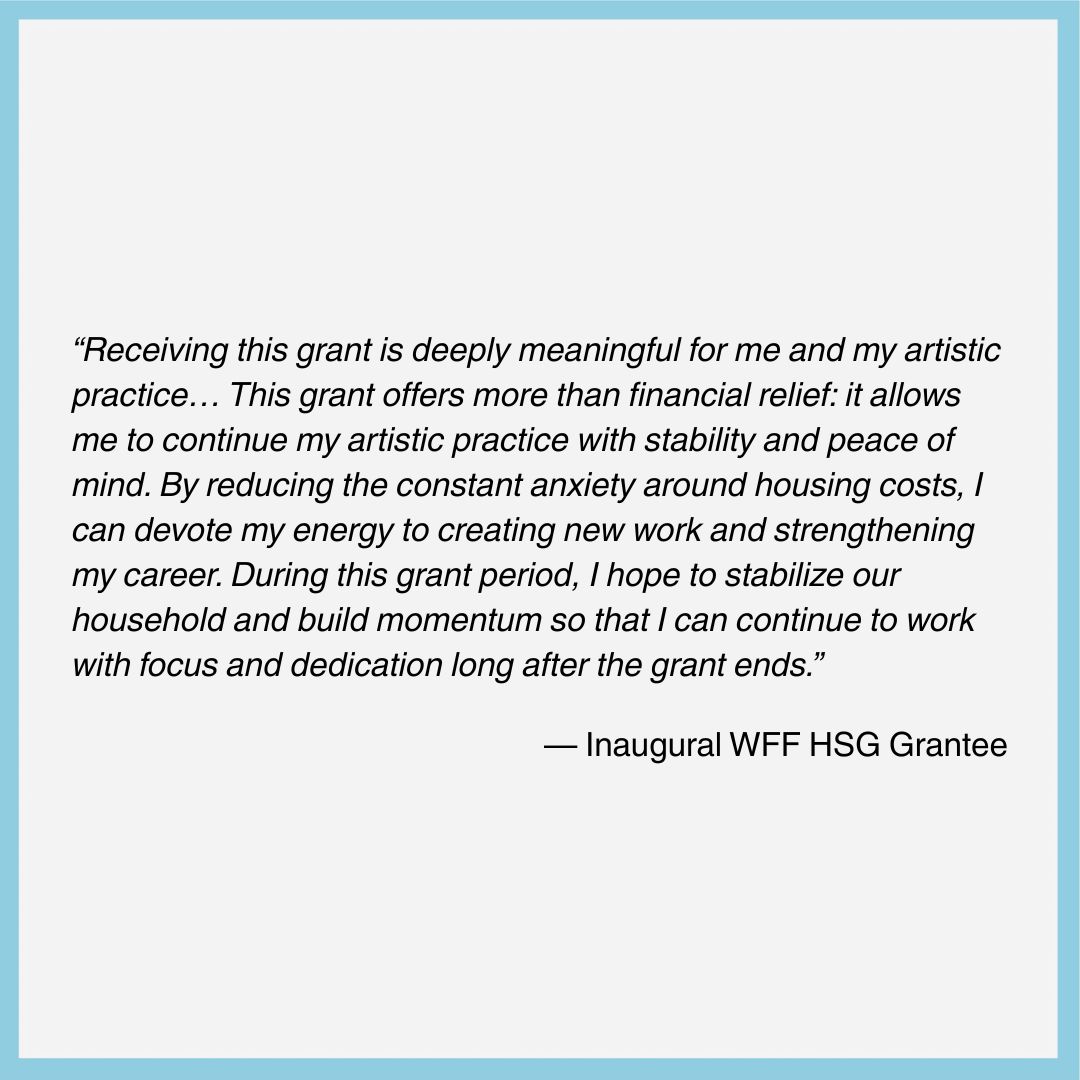


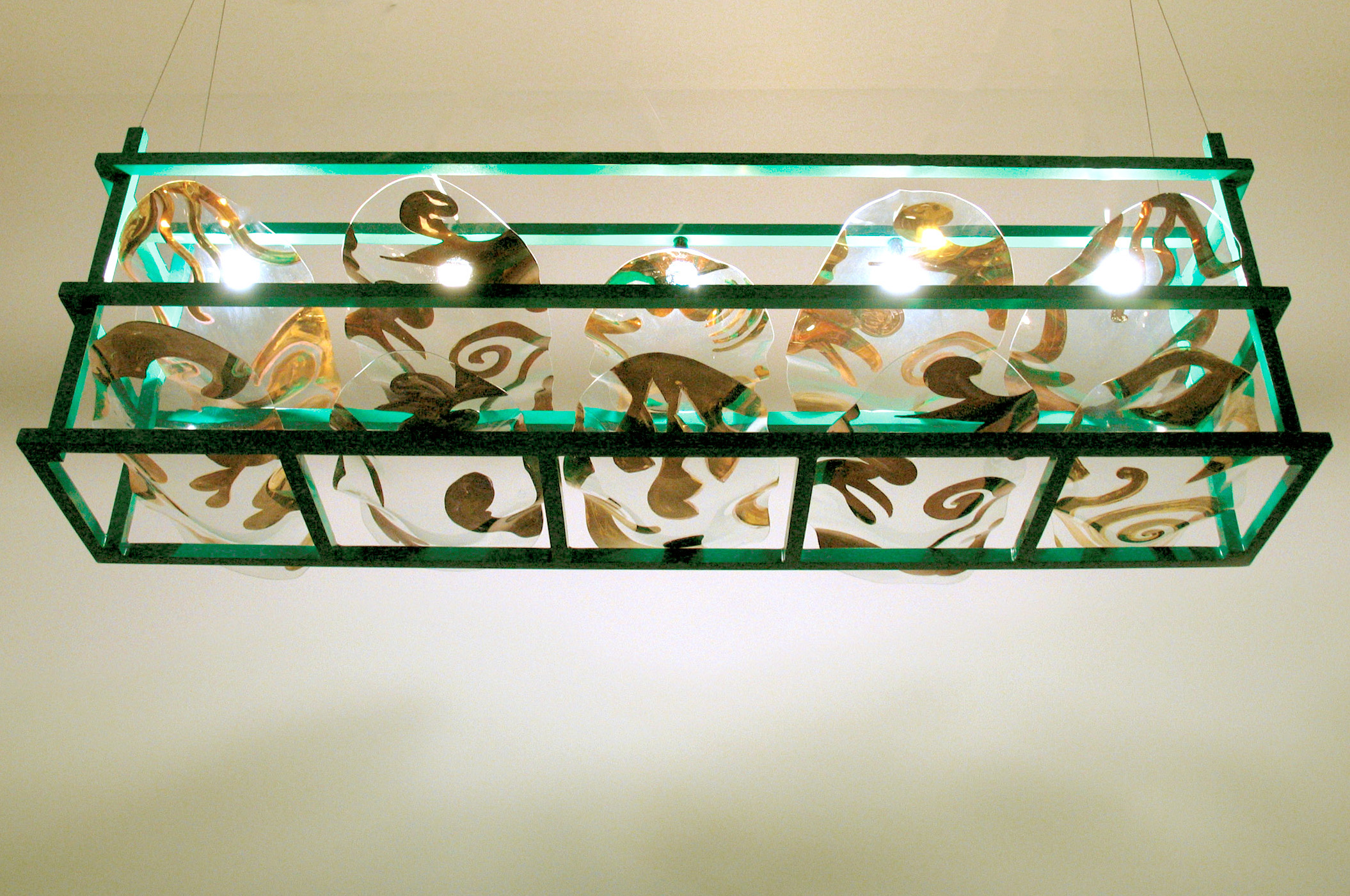
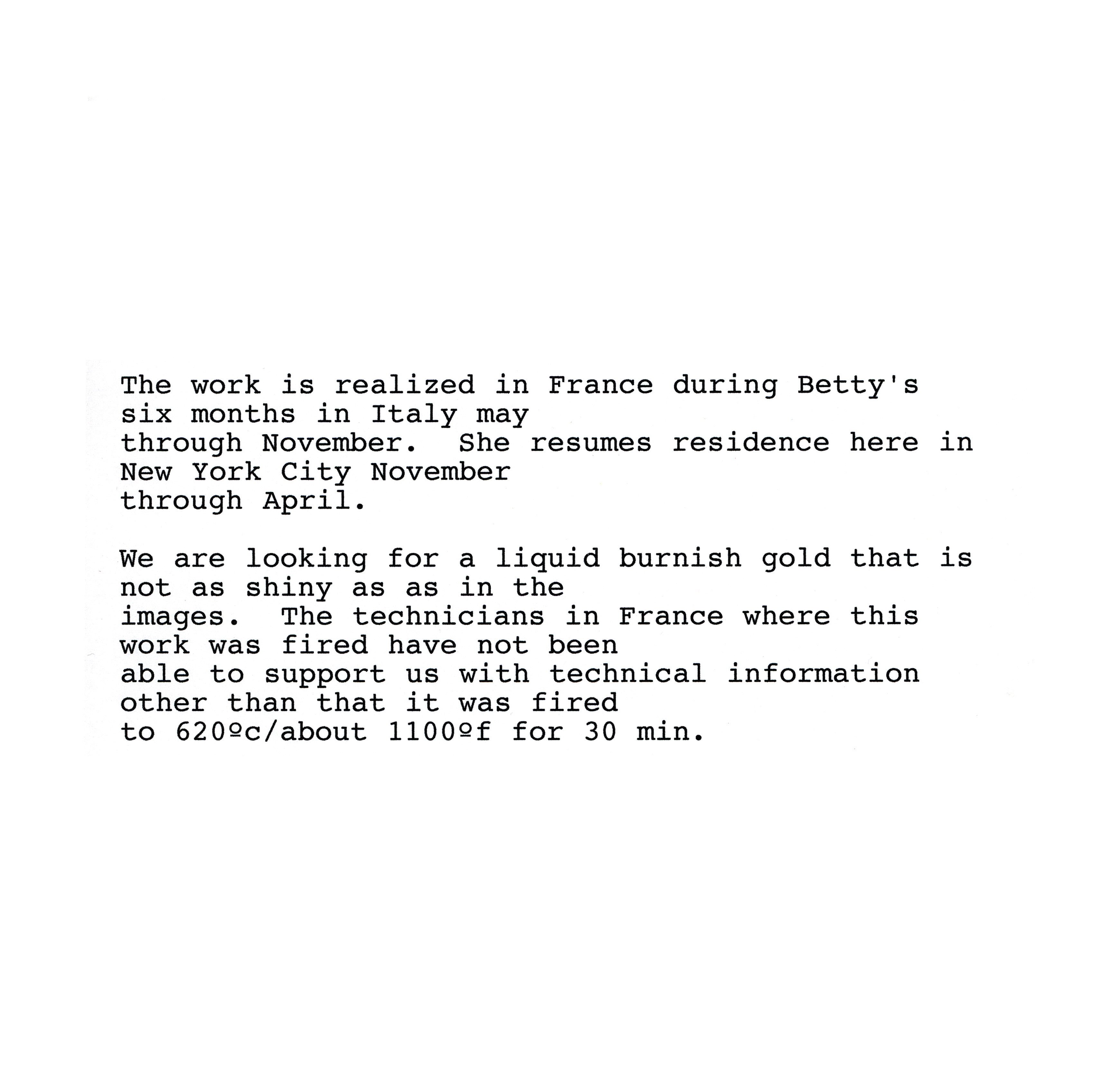

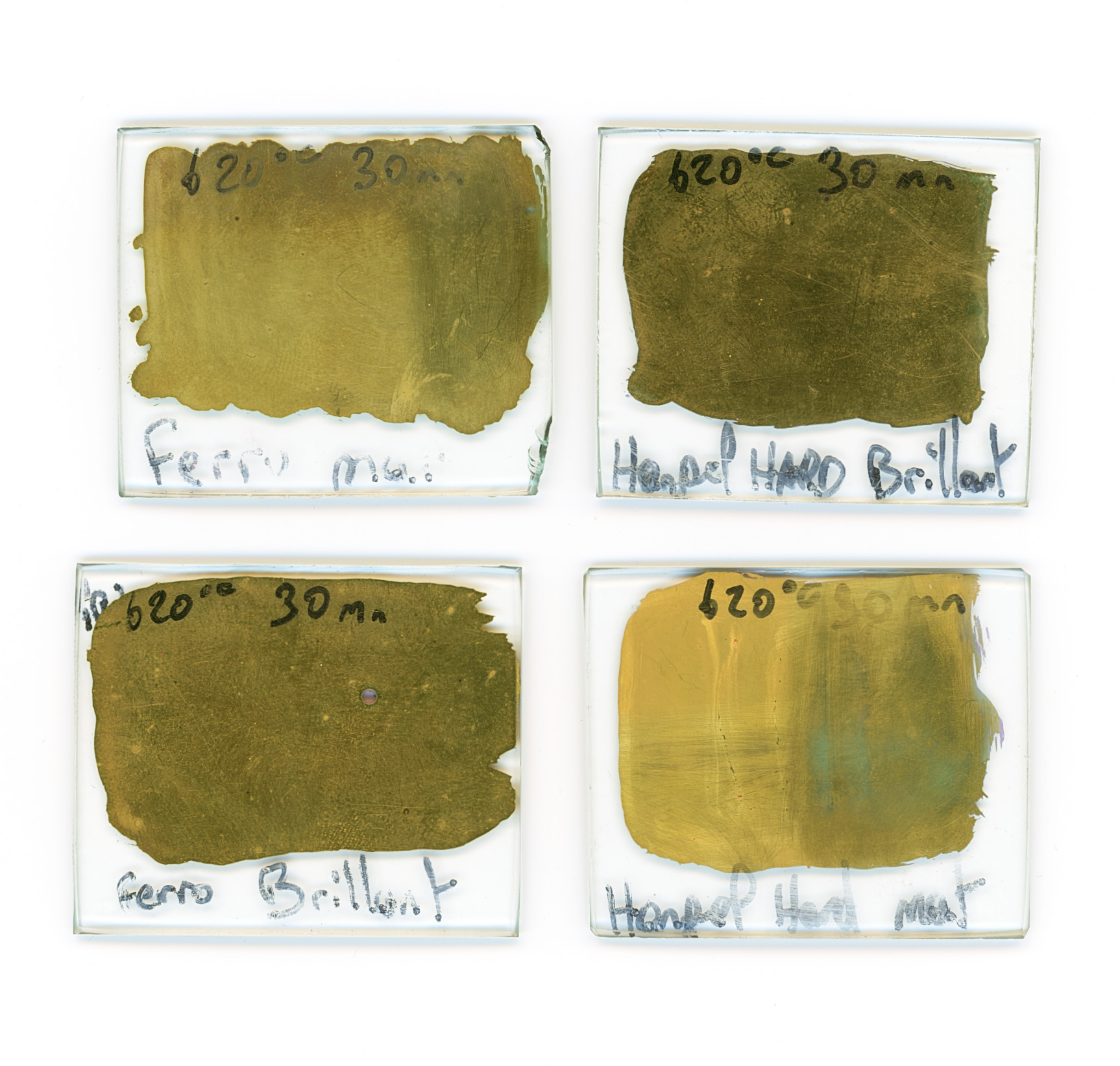
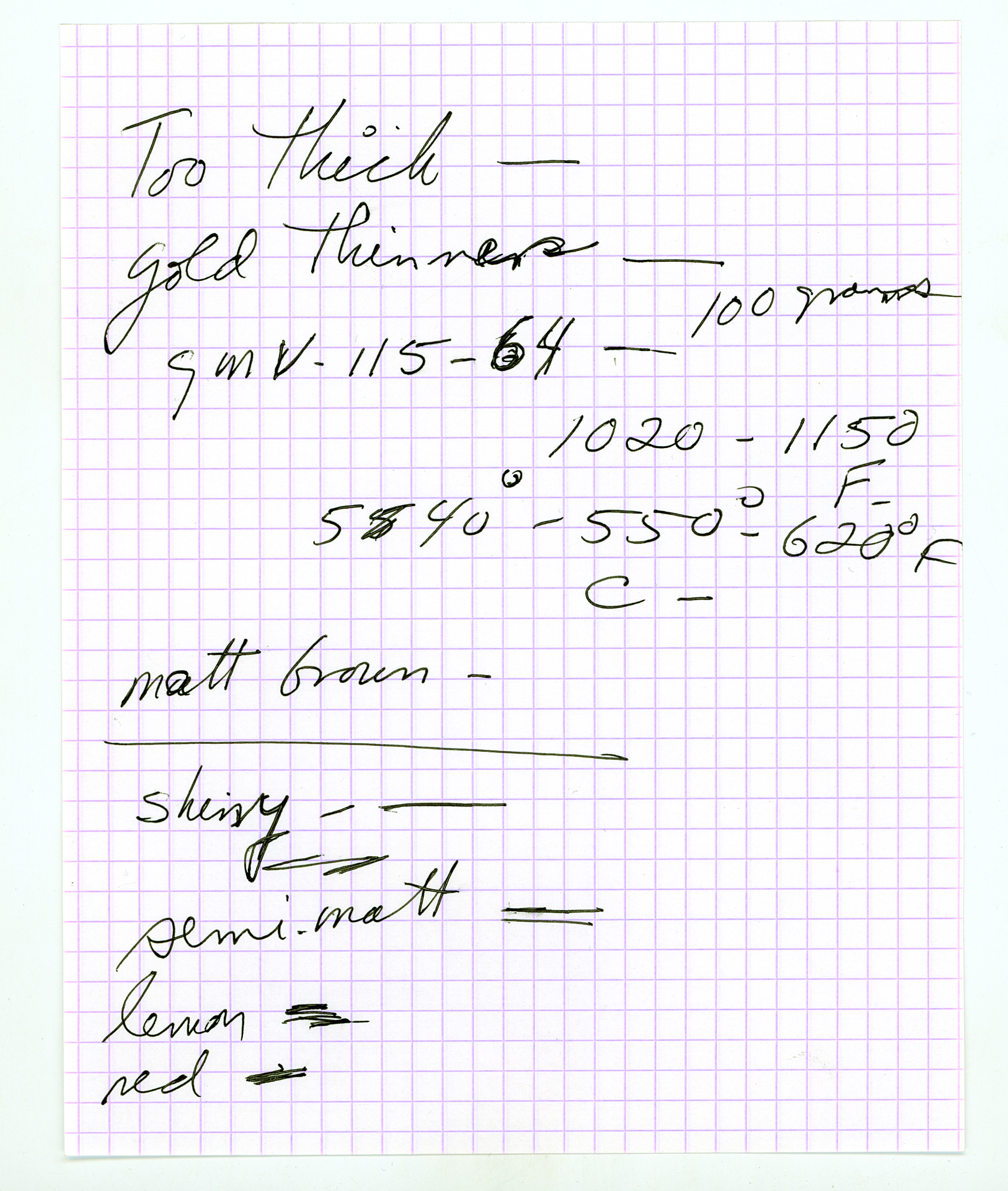

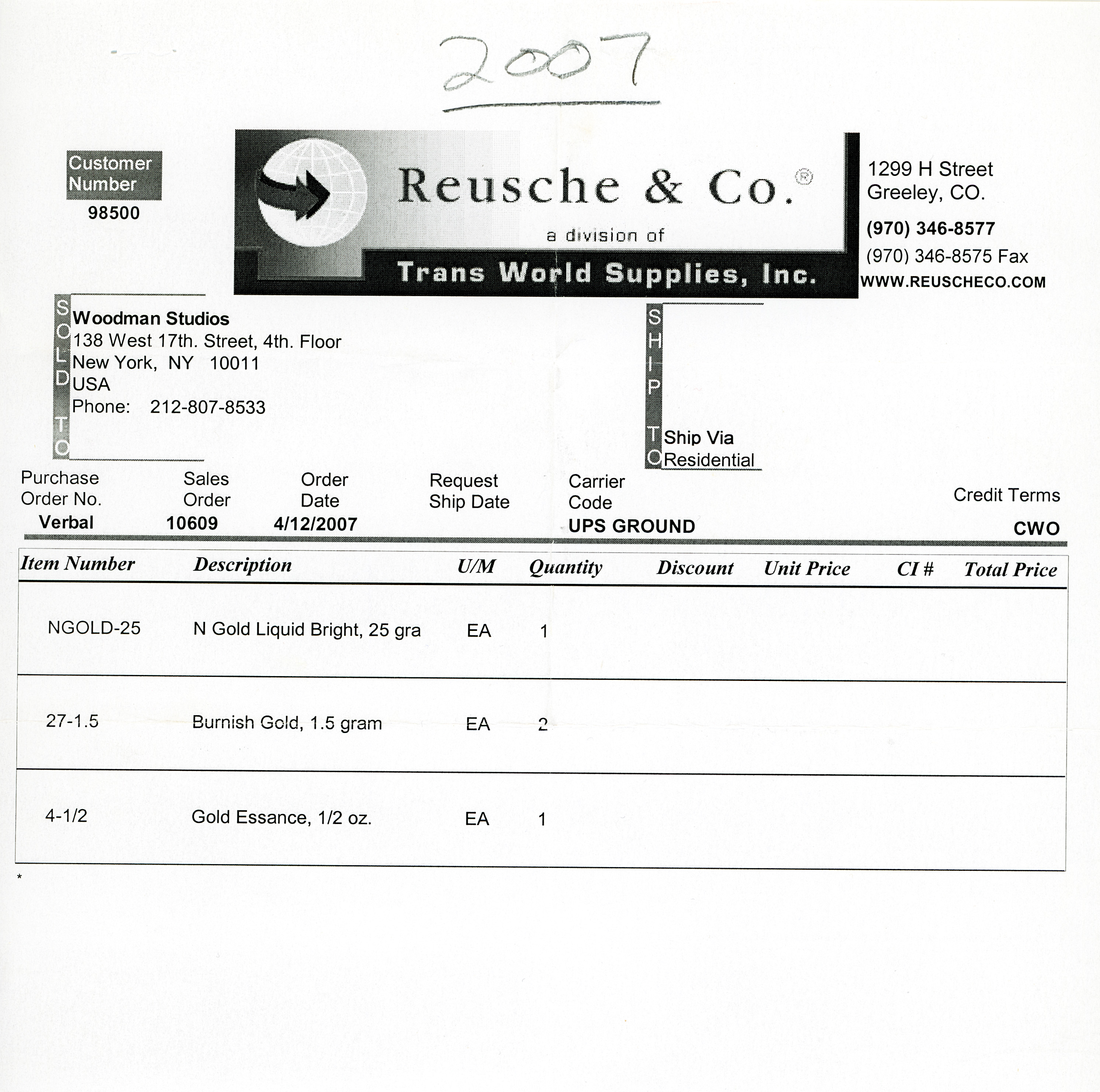
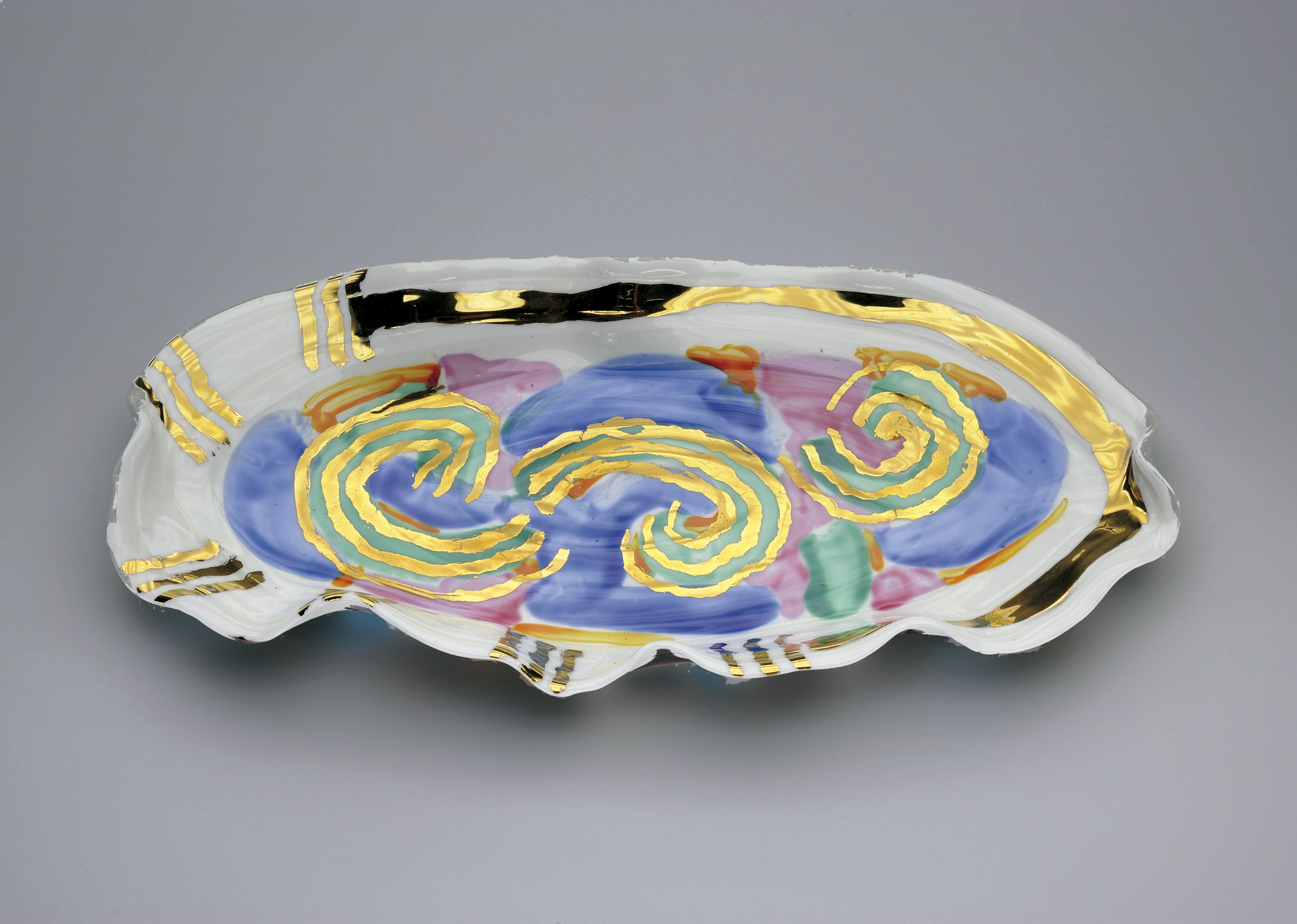
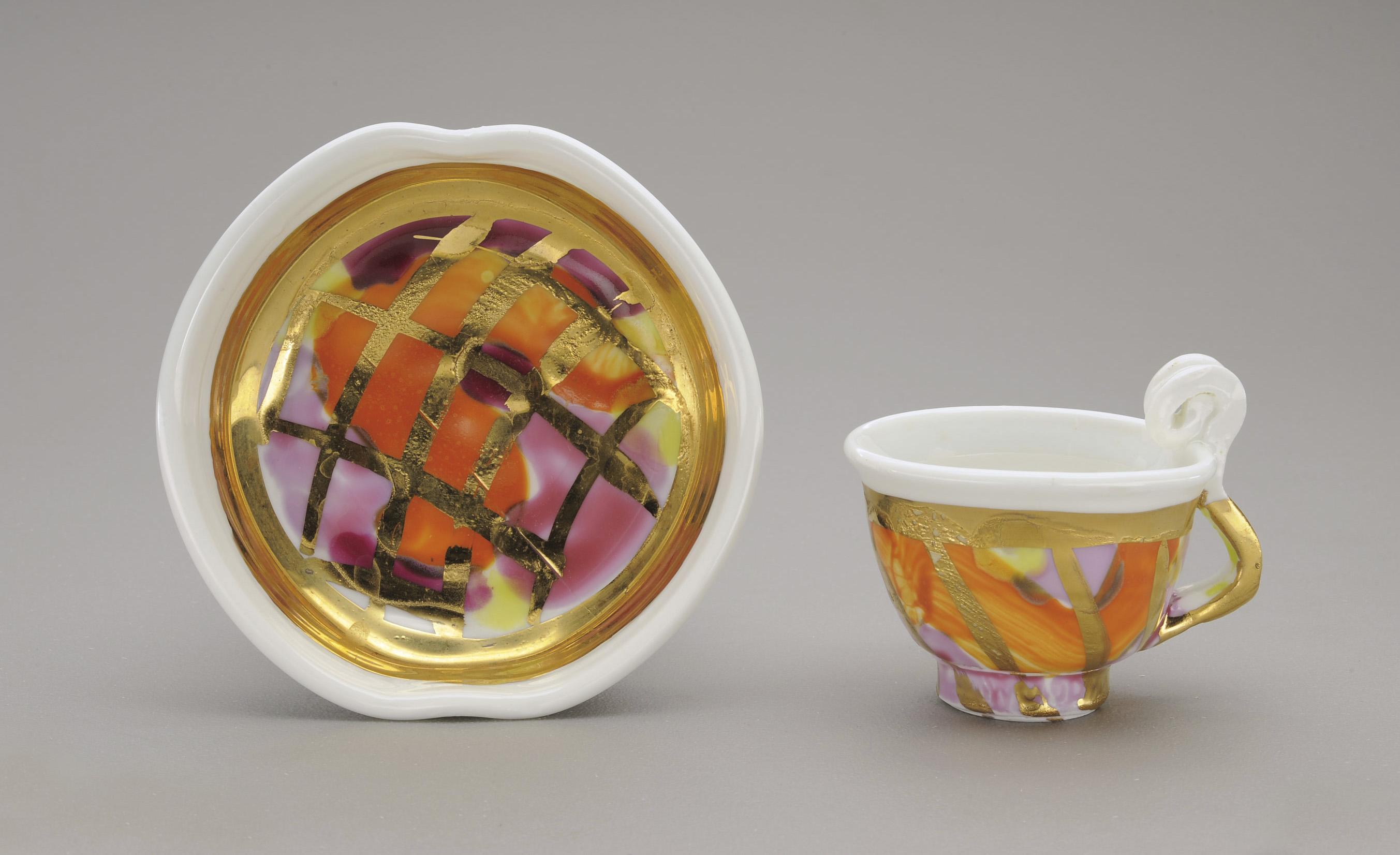
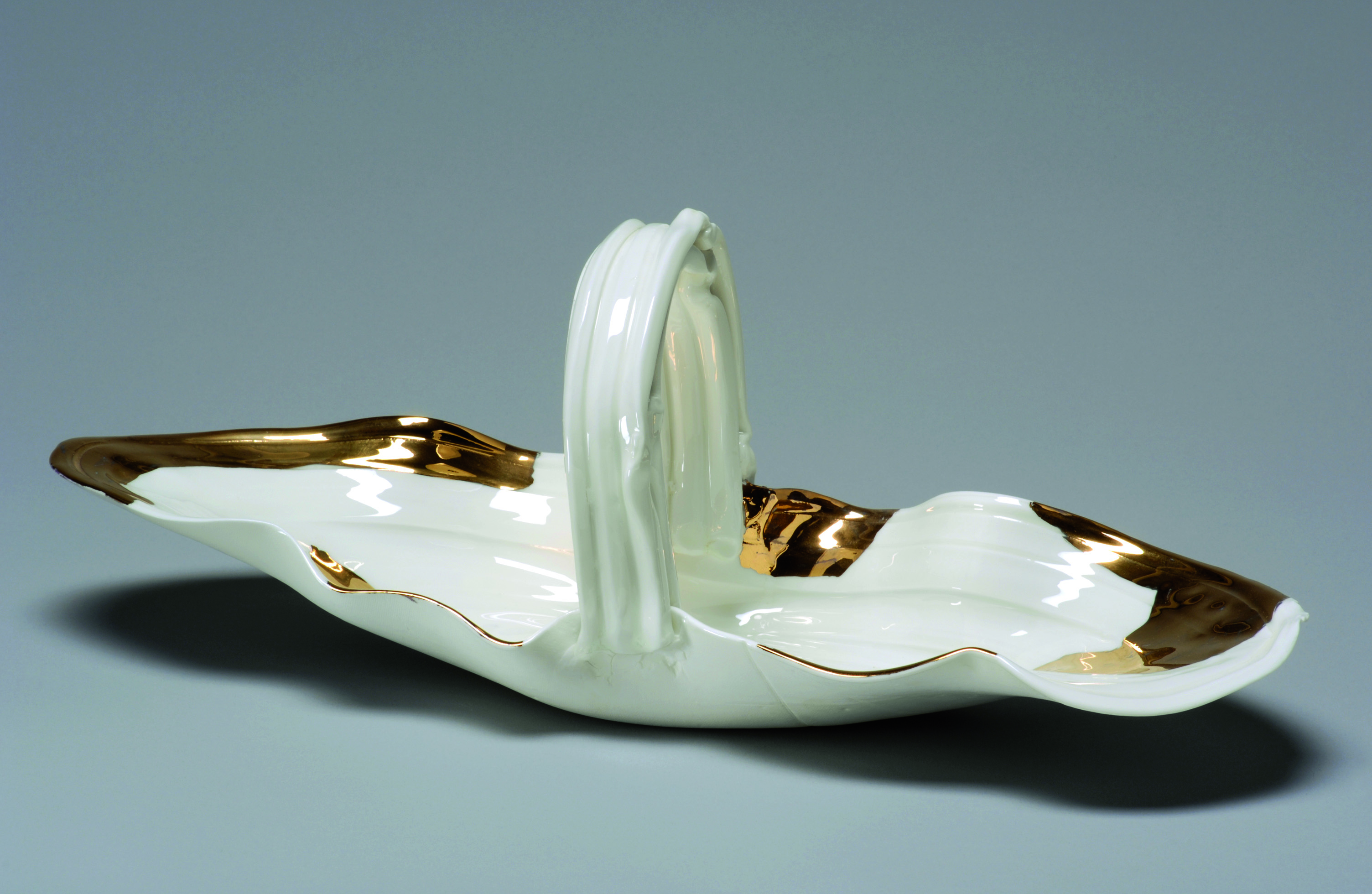

.jpg)
.jpg)
